Sharing your home with more than one type of pet can be both heartwarming and stressful, especially when one has a hunting instinct and the other is prey by nature. If you're thinking about rabbit cat coexistence, you've likely already imagined every possible scenario—some adorable, others downright scary. The truth? These animals can learn to live together, but it depends on the personalities involved and how you handle the introductions.
Click Here For a Guide to Understanding Your Rabbits Diet.

Rabbits are sensitive, prey-driven creatures, while cats, even the calmest ones, are instinctual predators. That's not a deal-breaker. But it does mean you'll need to commit time and attention to make this relationship work. With a thoughtful setup, your home can become a safe space for both.

Understanding Each Animal’s Nature
Before you even try introducing your pets, it's important to understand what makes them tick. Rabbits rely heavily on their sense of hearing and are easily startled by sudden movements or loud sounds. Their defense mechanism is flight, not fight. On the other hand, cats are curious, agile, and often respond to small, fast-moving objects—like a hopping bunny—by going into predator mode.
That doesn't mean they're enemies. In fact, many pet owners report peaceful—and even affectionate—relationships between their rabbits and cats. But those outcomes usually follow very careful planning and management from the start.
Rabbit Cat Coexistence Begins With Careful Introductions
If you're starting from scratch, the best-case scenario is adopting a kitten and a baby rabbit around the same time. Growing up together can make a big difference in how they view one another. But even then, don't assume their youth guarantees peace. Kittens are full of energy, and rabbits can see that kind of attention as threatening.
If you're introducing an adult cat to a rabbit or vice versa, proceed even more carefully. Always keep in mind that your rabbit's safety is your top priority. Use barriers and short sessions to avoid risk. And know that not every cat will be a good fit for life with a rabbit. Some just can't shake their natural instincts.
How to Prep for the First Meeting
The first interaction between your rabbit and cat sets the tone. You don't want it to be chaotic. Choose a calm, quiet day. No visitors, no other pets, no distractions. Place your rabbit in a roomy enclosure—something big enough for them to hop around and hide. The cage must have small enough gaps that even the most curious cat paw can't slip through.
Include a cardboard box or hideaway so your rabbit has a place to retreat if they feel nervous. This gives them control over their space and helps reduce anxiety. Let your cat wander into the room on their own and sniff the cage. The idea is to give both animals a chance to observe, listen, and learn about each other without risk of harm.
Start with Short Sessions
Keep the first encounter brief. Ten to fifteen minutes is enough. If your rabbit immediately hides, don't worry—that's totally normal. Your cat will probably do some sniffing and maybe a little pacing. That's okay too. Let them check each other out. Then end the session calmly and separate them.
Repeat this step daily, increasing the time only as both animals begin to show signs of comfort. Look for body language clues—relaxed ears, calm postures, soft grooming behaviors. If either pet shows signs of aggression or fear, stop and try again later. This process might take a few days—or a few months.
From Cage to Shared Space
Once both your rabbit and cat have had several calm encounters with the safety of a barrier between them, it's time to test limited freedom. Hold your cat in your lap or keep them harnessed while allowing your rabbit to move freely in a small room. This allows the rabbit to approach on its own terms.
Never force interaction. If your rabbit hops away, let them. If your cat looks too interested or crouches into a stalking position, calmly remove them from the room. These early tests need close supervision. Your goal is to create neutral, low-tension encounters where neither animal feels threatened or challenged.
Eventually, the rabbit might even approach the cat confidently. Some rabbits have strong personalities and will act like the boss. That's when you need to be extra careful—dominance from a rabbit can provoke a reaction from a startled cat, and even a playful swat could cause serious injury.
Protecting Your Rabbit From Accidental Swipes
One of the biggest risks in rabbit cat coexistence is injury from a cat's claws. Even a friendly feline can react instinctively with a swipe, especially if they feel annoyed, crowded, or surprised. To help prevent this, make sure your cat's nails are trimmed regularly.
You can also try soft nail caps like Soft Paws, which cover the claws without harming the cat. They're especially helpful during the early stages of bonding when interactions are less predictable. Just be sure your cat tolerates the caps comfortably before relying on them full-time.
Only Certain Cats Are Good Candidates
Let's be honest—not all cats should live with rabbits. If your cat is a known hunter, chases everything that moves, or has spent time outdoors regularly, their instincts may be too strong. The best cats for rabbit cohabitation are indoor-only, easygoing, and socialized with other animals. Senior cats and very laid-back breeds like Ragdolls or Persians are often good candidates.
If you're unsure whether your cat is a good match, consider consulting a certified animal behaviorist. The Maddie's Fund behavior resource guide is a good place to start. They offer pet-specific tips that can help you decide whether the pairing is likely to be safe.
Never Leave Them Alone Together
No matter how comfortable your pets seem with one another, avoid leaving them unsupervised—especially early on. All it takes is one quick pounce, a loud noise, or an unexpected movement for things to go wrong. Rabbits can be injured not only by claws but also by stress. Sudden fear can cause serious health issues like GI stasis.
Even years into a peaceful relationship, supervision is still the smart approach. If you're stepping out, always separate your pets with a secure barrier. Baby gates, playpens, or even separate rooms are excellent options. Safety should never take a backseat, no matter how cozy they seem curled up together.
Also, consider giving your rabbit a dedicated safe zone—a space your cat isn't allowed to enter. This lets your bunny decompress when needed and reinforces their feeling of security in the shared home.
The Importance of Hay, Even During Bonding
Bonding can be stressful for your rabbit, even if things go well. During this time, they need high-quality grass hay more than ever. Grass hay makes up 80–90% of a rabbit's diet. It keeps their digestion running smoothly and helps file down their constantly growing teeth.
Timothy hay, orchard grass, and meadow hay are all excellent options. Having unlimited hay available in your rabbit's enclosure and during free-roaming time gives them a sense of comfort and routine. At Rabbit Hole Hay, you can get fresh, farm-direct hay delivered to your door, making it easier to keep your bunny happy and healthy while they adjust to their new feline roommate.
Want to dive deeper into the essentials of a balanced rabbit diet? This blog on safe fruits, vegetables, and herbs is worth a read.
Coming Up: Final Considerations & Real-Life Examples
In the next section, we'll explore common mistakes, how to read body language, and share real experiences from owners who've successfully achieved rabbit cat coexistence. We'll also review when it's time to step back or reconsider the pairing for everyone's safety and peace of mind.
Common Mistakes That Can Set You Back
When aiming for rabbit cat coexistence, rushing the process is the most common mistake. It's easy to get excited when you see progress, but skipping steps—or ignoring red flags—can put your rabbit at serious risk. Some pet owners get overly confident after a few calm interactions, only to be surprised when their cat lashes out unexpectedly. Patience is key, even if things seem to be going smoothly.
Another mistake? Assuming body language means the same thing in both animals. A rabbit lying down might be relaxed—or it might be frozen in fear. A cat purring could mean comfort, or it might signal tension depending on the situation. Learn the subtle signals of both animals so you can intervene early if things shift in the wrong direction.
Reading Body Language in Cats and Rabbits
Understanding what your pets are trying to tell you will make a huge difference in creating a peaceful environment. For rabbits, relaxed ears, soft chewing motions (called purring), and flopping on their side are signs of comfort. But ears pinned back, widened eyes, or thumping indicate stress or danger.
In cats, a slow blink shows relaxation and trust. Ears perked and tail twitching could mean curiosity, but also overstimulation. A cat crouching low with a flicking tail and dilated pupils is likely in predator mode. Separate the pets immediately if you see any of these warning signs.
These cues don't always mean the same thing every time, but consistent observation will help you get to know how your pets communicate. Over time, you'll be able to predict their moods before a problem starts.

Training Techniques to Build Trust
Positive reinforcement can help both pets learn that calm behavior around each other brings rewards. For rabbits, that might mean a few bites of a favorite veggie when the cat is nearby. For cats, it can be a soft voice or gentle petting while they're behaving calmly around the rabbit.
Use barriers like pet gates or exercise pens to allow visual contact without risk. Over time, your cat may lose interest in the bunny, especially if they learn that being calm brings attention and treats. Eventually, your rabbit might even choose to approach the cat out of curiosity.
Don't punish unwanted behavior. Instead, calmly remove the cat from the space and try again later. The more predictable and low-stress these sessions are, the better the outcome for both animals.
Real-Life Stories of Successful Pairings
Plenty of rabbit owners have made rabbit cat coexistence work in their homes. One common thread in success stories is taking the time to match the personalities of the animals involved. A mellow adult cat paired with a confident, social rabbit often leads to companionship—sometimes even snuggling on the couch or sharing sunspots.
One owner shared her story of a rabbit named Hazel and a Persian cat named Clyde. At first, Clyde was a little too curious, and Hazel was nervous. But after three weeks of daily short introductions and positive reinforcement, Hazel began hopping right up to Clyde, even nudging his paws. Today, they nap beside each other during the day and groom in the evenings. This wasn't luck—it was time, observation, and commitment to a safe introduction process.
That said, not all stories end this way. There are cases where cats just never lost their prey drive, or rabbits remained too fearful. In such situations, it's essential to acknowledge that coexistence may not be feasible—and that's okay. Both pets deserve to feel safe and relaxed in their environment.
When It’s Time to Reassess
If, after consistent effort and time, your cat continues to stalk, swat, or fixate on the rabbit, you may need to reconsider your plan. No amount of training or supervision can change deep-seated instincts in every case. If your rabbit consistently shows signs of chronic stress—poor appetite, constant hiding, or unusual aggression—it's time to prioritize their well-being.
There's no shame in deciding that rabbit cat coexistence isn't going to work in your home. In some cases, simply keeping them in separate areas permanently is the best solution. Peace of mind for both pets is more important than forcing a relationship that isn't natural to them.
If you're unsure how to make the call, speak with an exotic animal vet or a behavior specialist with experience in mixed-species households. The International Association of Animal Behavior Consultants is another great resource for finding professionals near you.
Long-Term Tips for Safe Coexistence
Feed pets in separate spaces. Mealtime can be high-energy and may trigger resource guarding.
Use scent swapping—rub a towel on each animal and place it in the other's area to get them used to each other's smell.
Keep litter boxes and hay racks out of reach of the cat, especially since hay is part of your rabbit's food source, not a toy or bed for the cat.
Continue supervised time even after they've bonded. Cats can act unpredictably depending on mood or environmental changes.
Make sure your rabbit always has a safe, cat-free retreat. Whether that's a gated room or a large enclosure, give them control over their space.
Final Thoughts on Rabbit Cat Coexistence
Building a peaceful relationship between your rabbit and cat takes more than hope. It takes research, daily observation, slow introductions, and sometimes professional guidance. And even then, it might not work out—and that's okay.
But when it does, the result can be a surprisingly sweet bond between two very different animals. Whether they grow into cuddling companions or simply learn to ignore each other peacefully, that's a win. And either way, you've created a home where your pets feel safe, secure, and seen.
Looking for more helpful tips for raising happy, healthy rabbits? You'll love our guide on daily exercise for your pet rabbit.
Key Takeaways
Start slowly and always prioritize safety when introducing your rabbit to your cat.
Rabbit cat coexistence is possible, but it depends heavily on the temperament of both animals.
Supervision should never be phased out, no matter how friendly they become over time.
When in doubt, consult professionals with experience in multi-species homes.
If you're ready to make your home more rabbit-friendly, don't forget to stock up on quality hay for your bunny. You can explore options tailored to your rabbit's needs at Rabbit Hole Hay's online store.
Your pets deserve the best—and a peaceful coexistence starts with informed choices and consistent care.















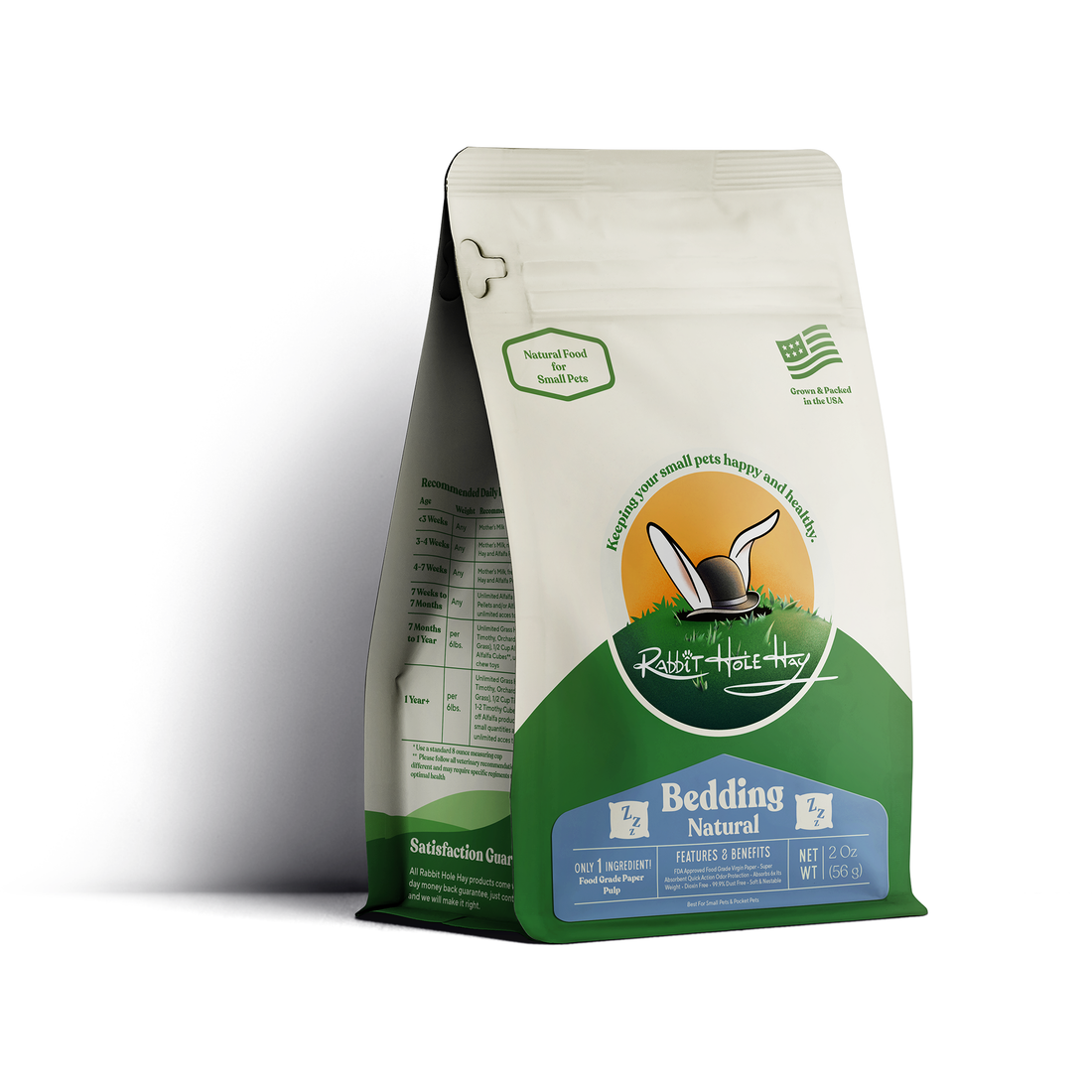

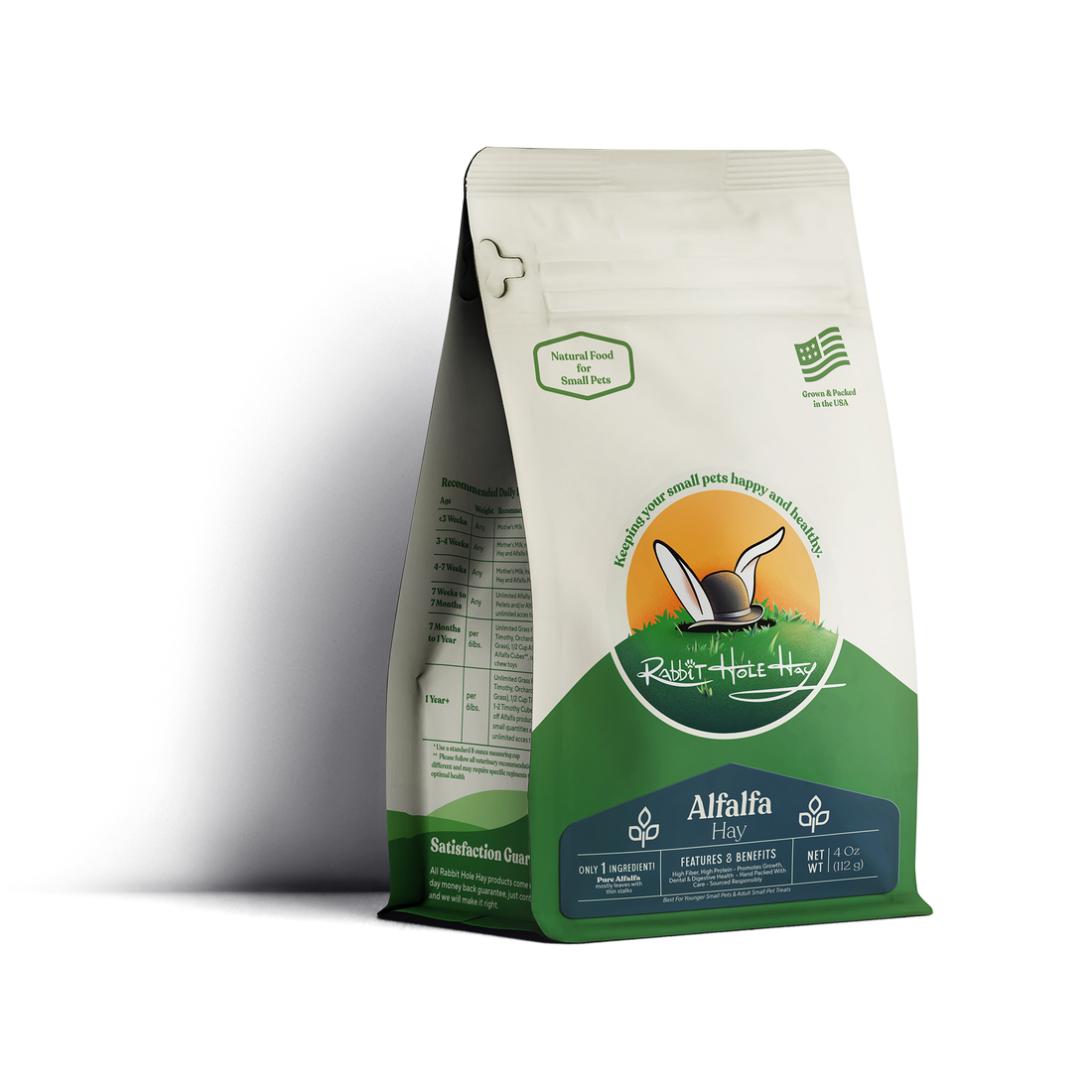
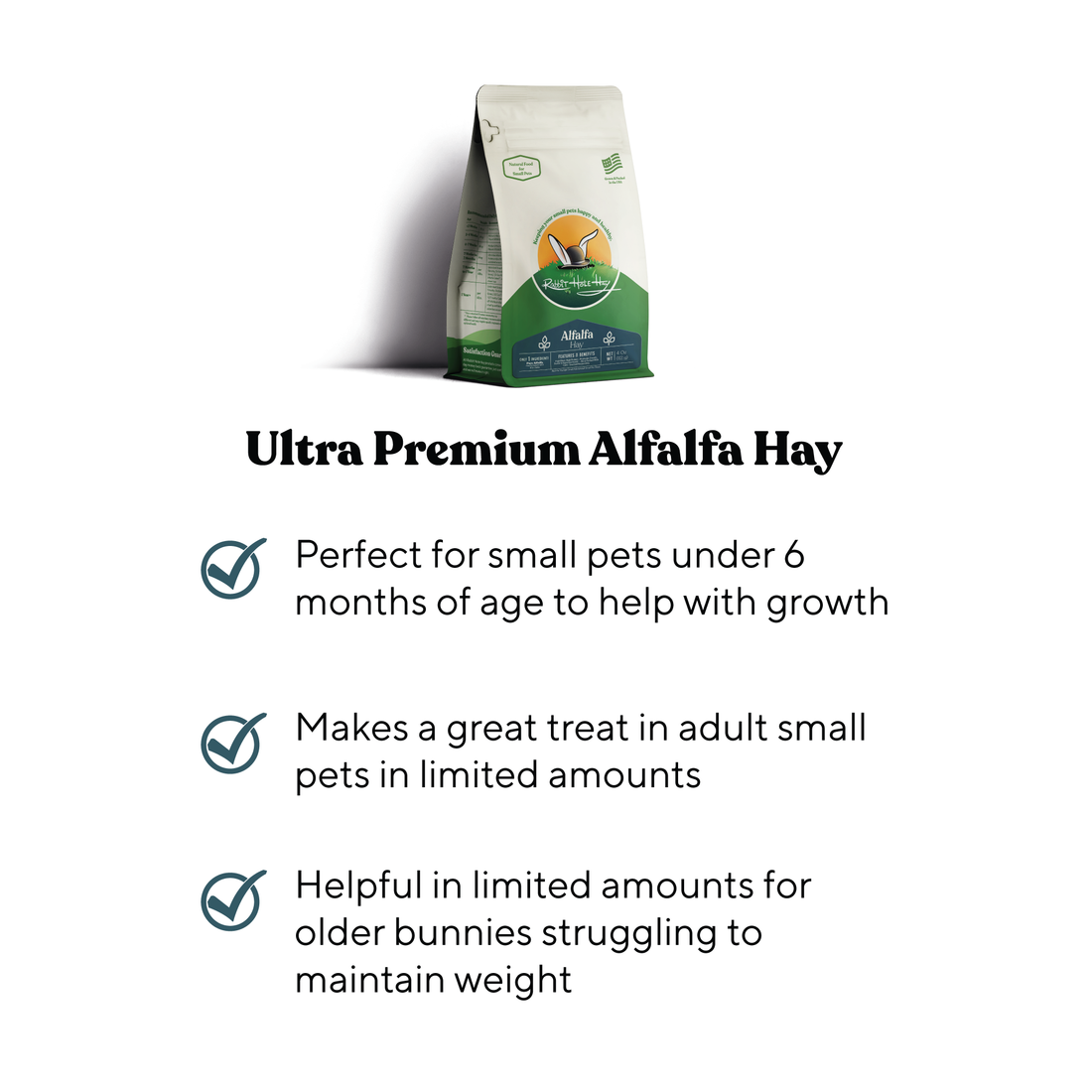




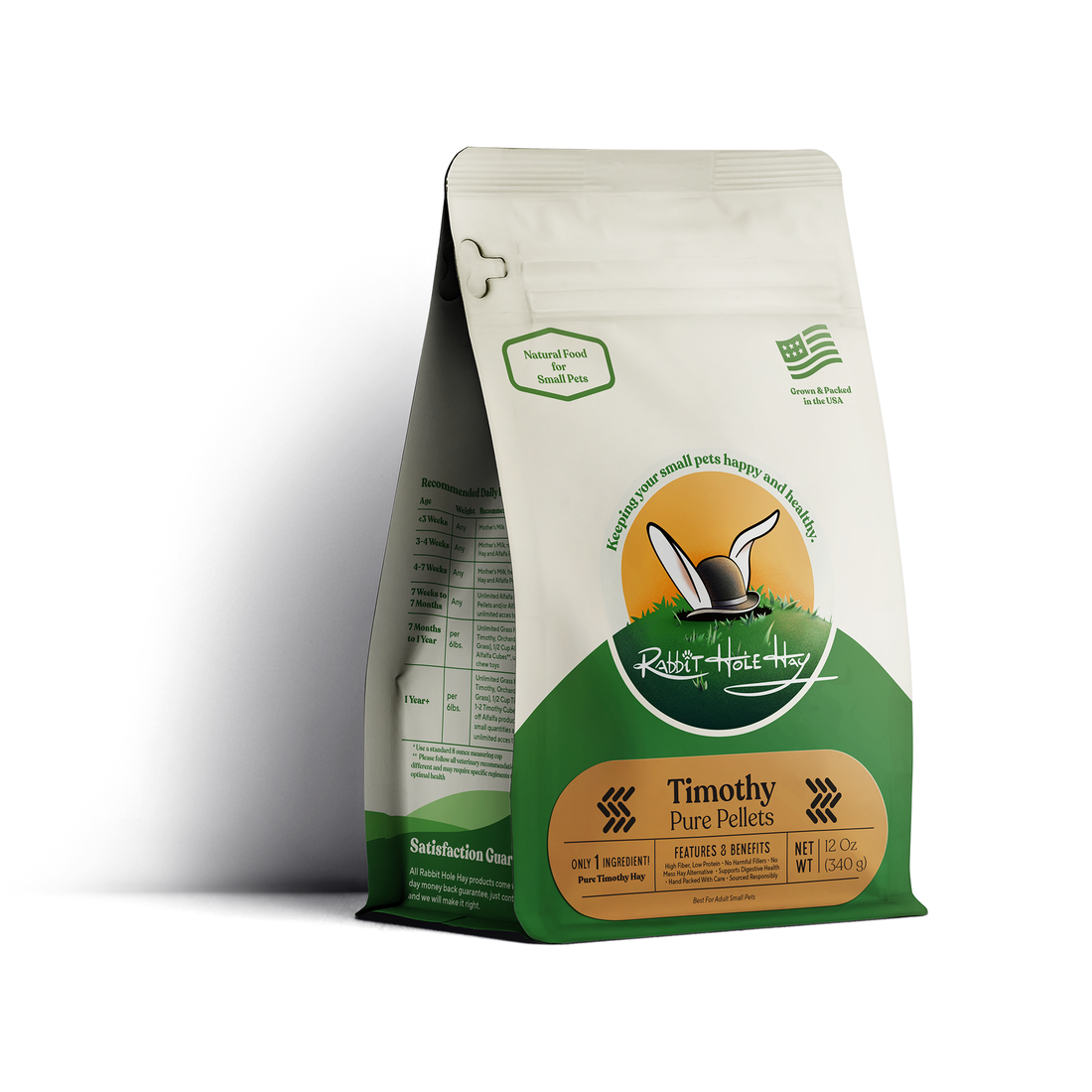





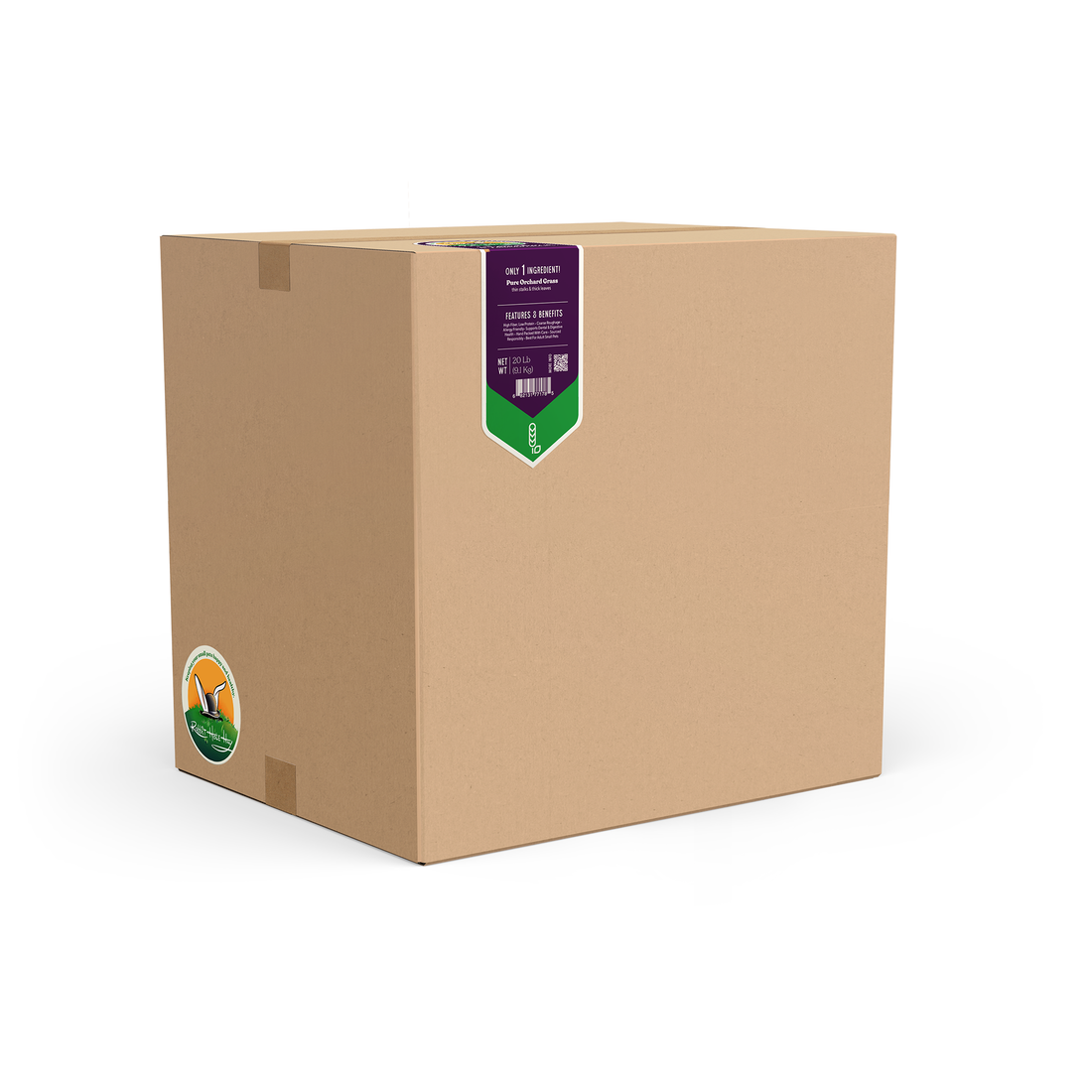



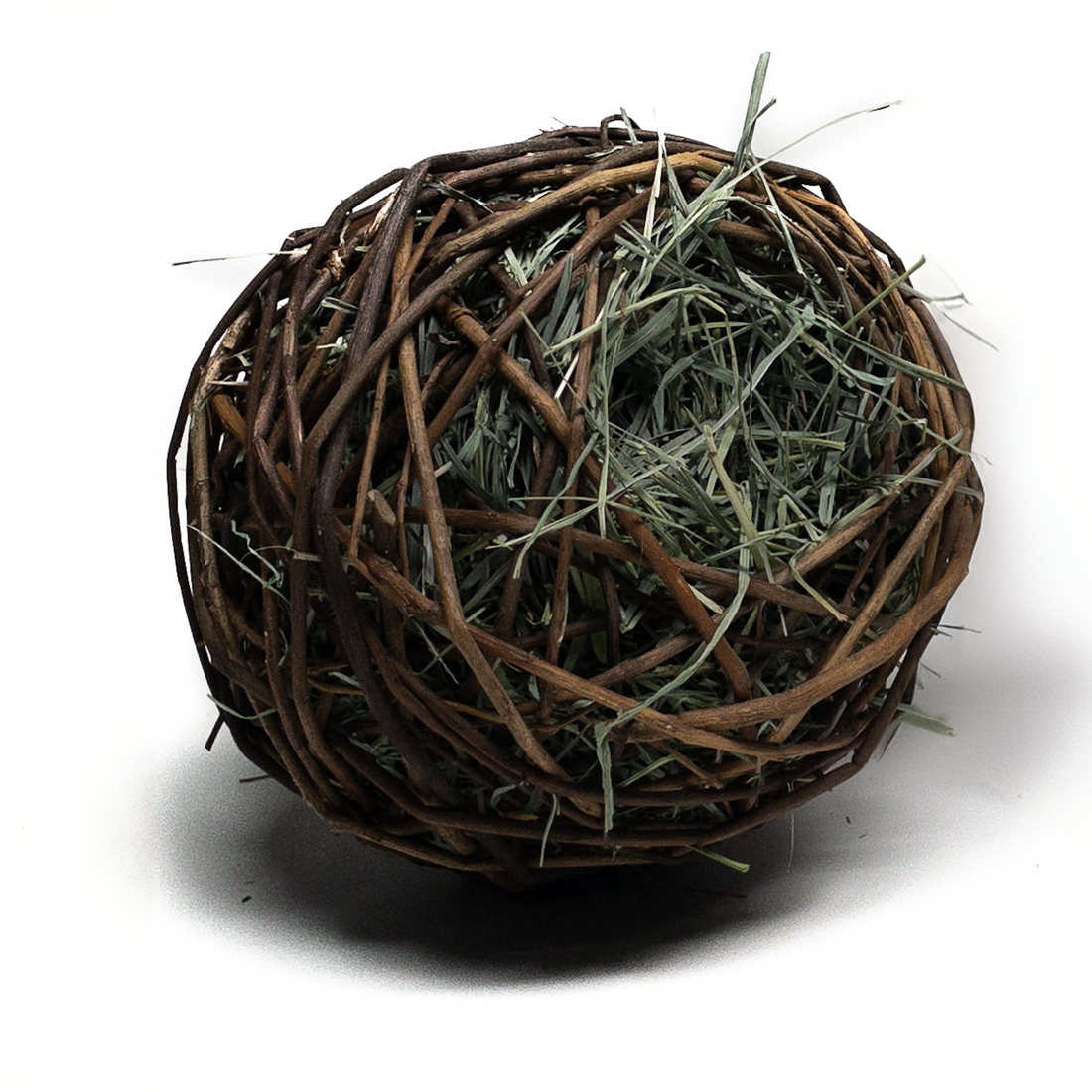
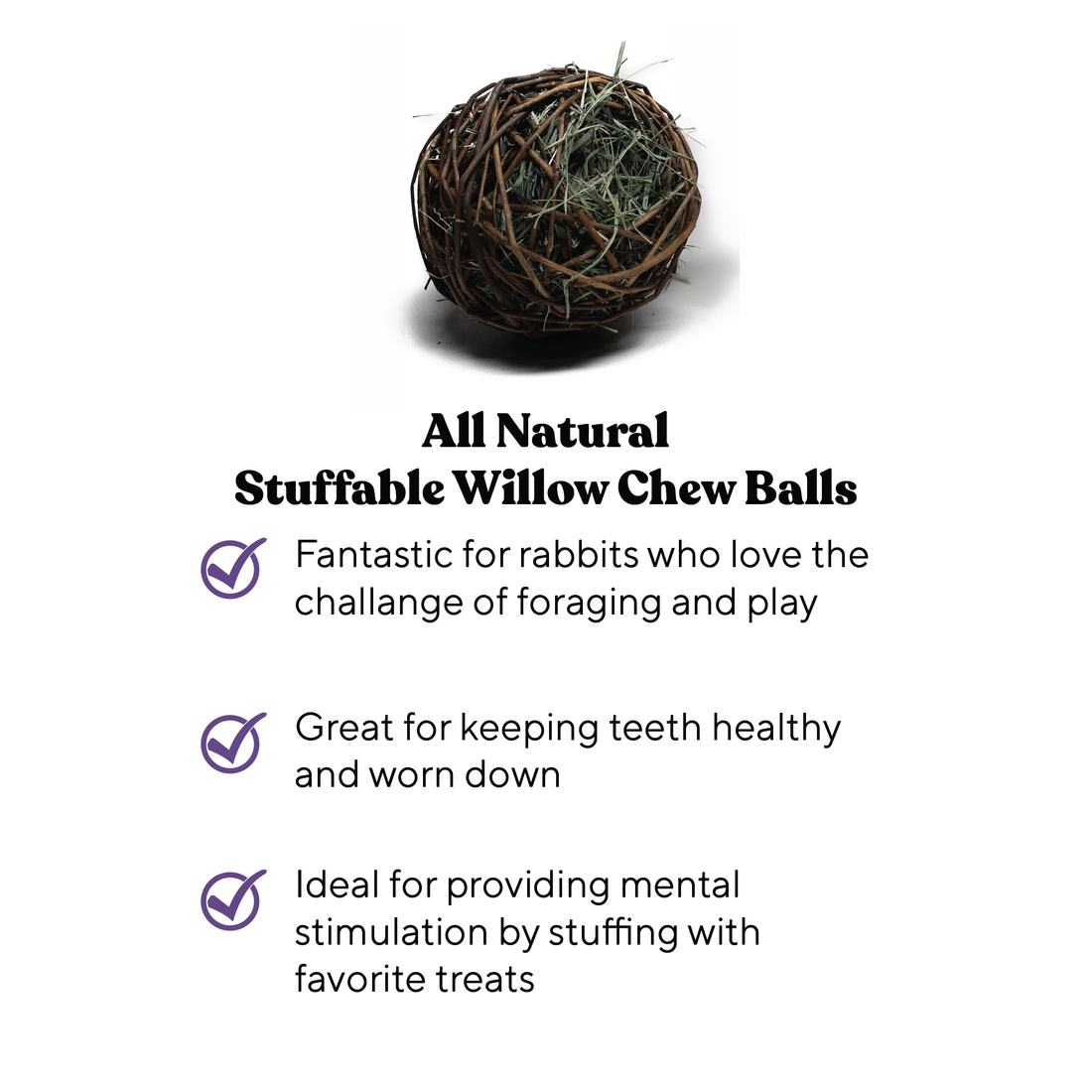


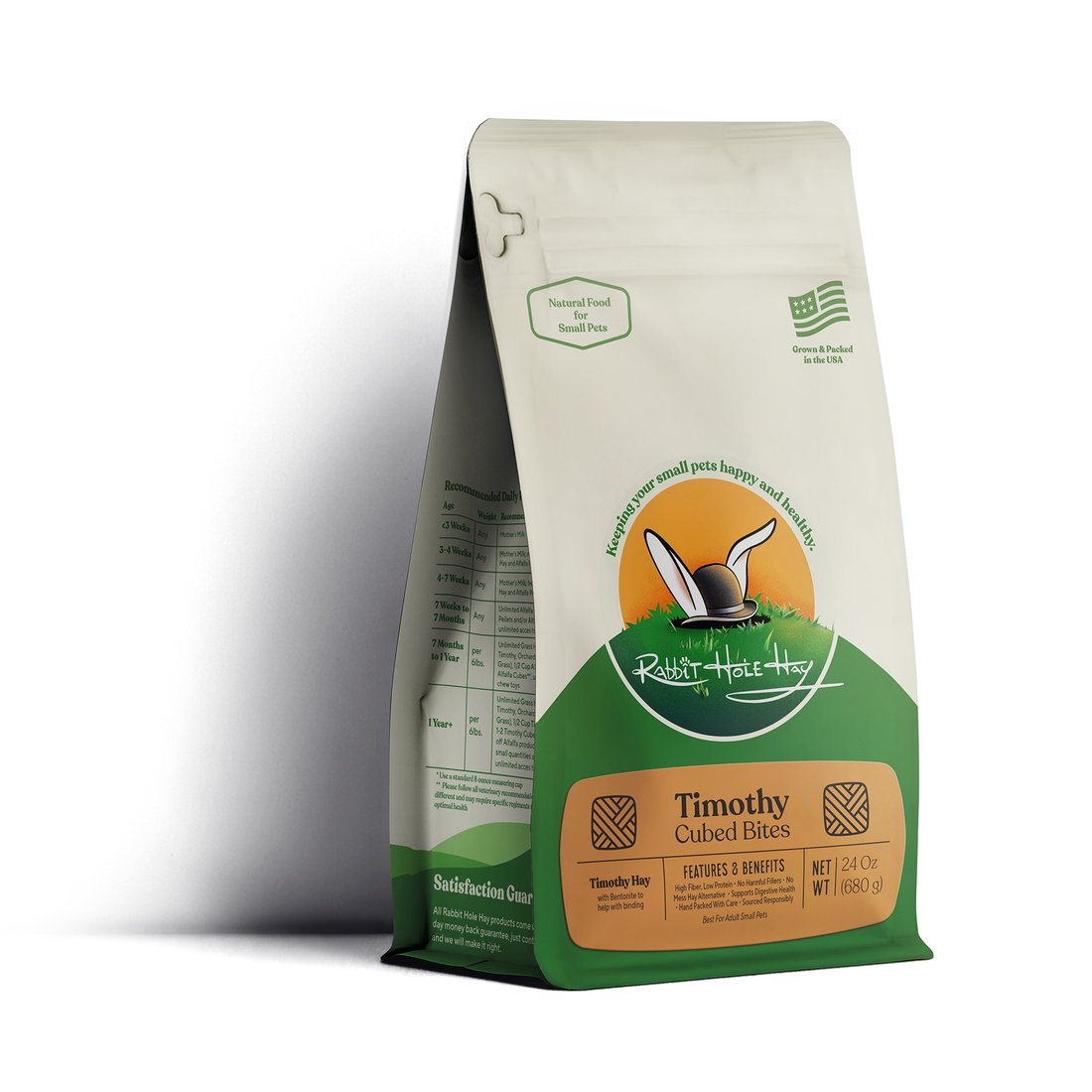

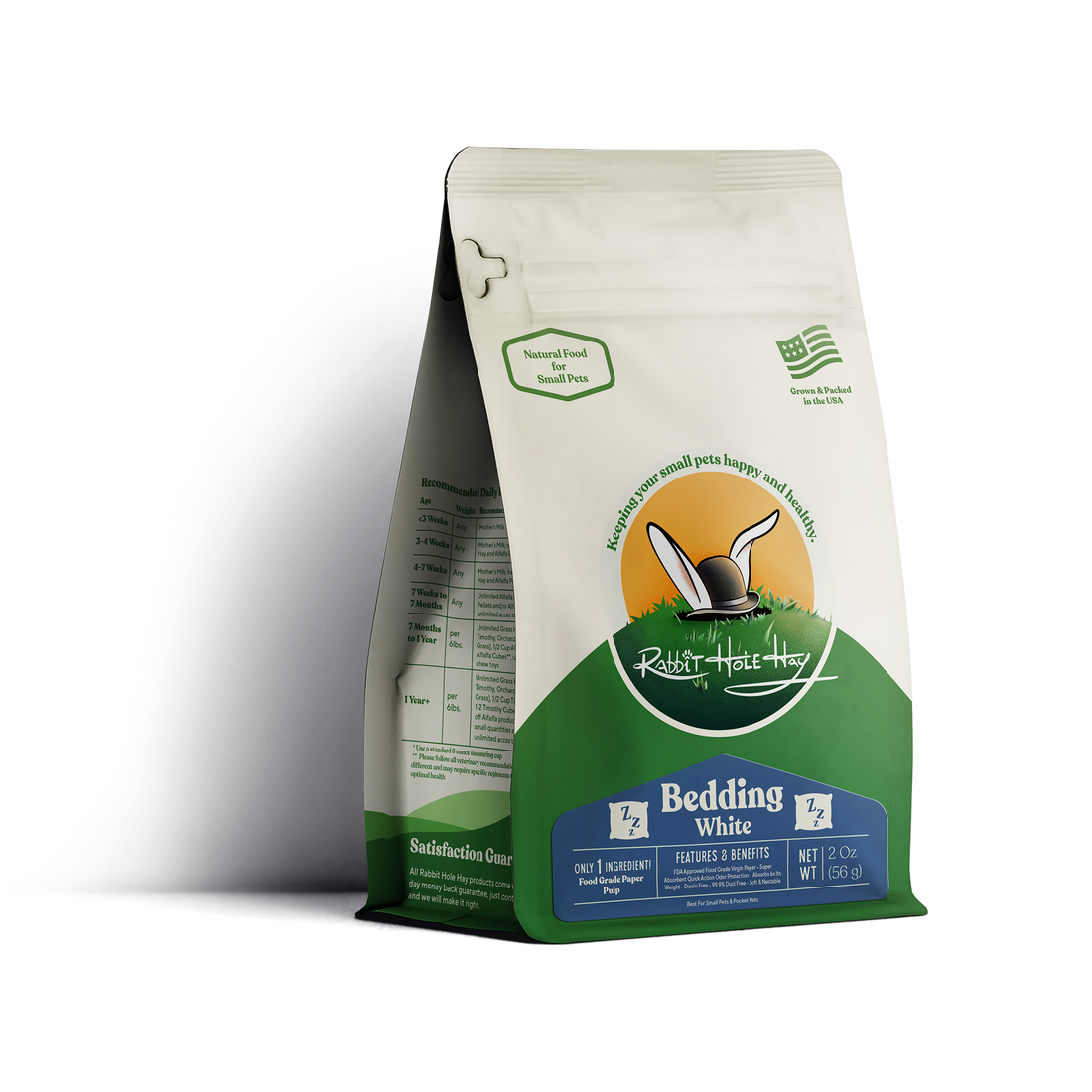








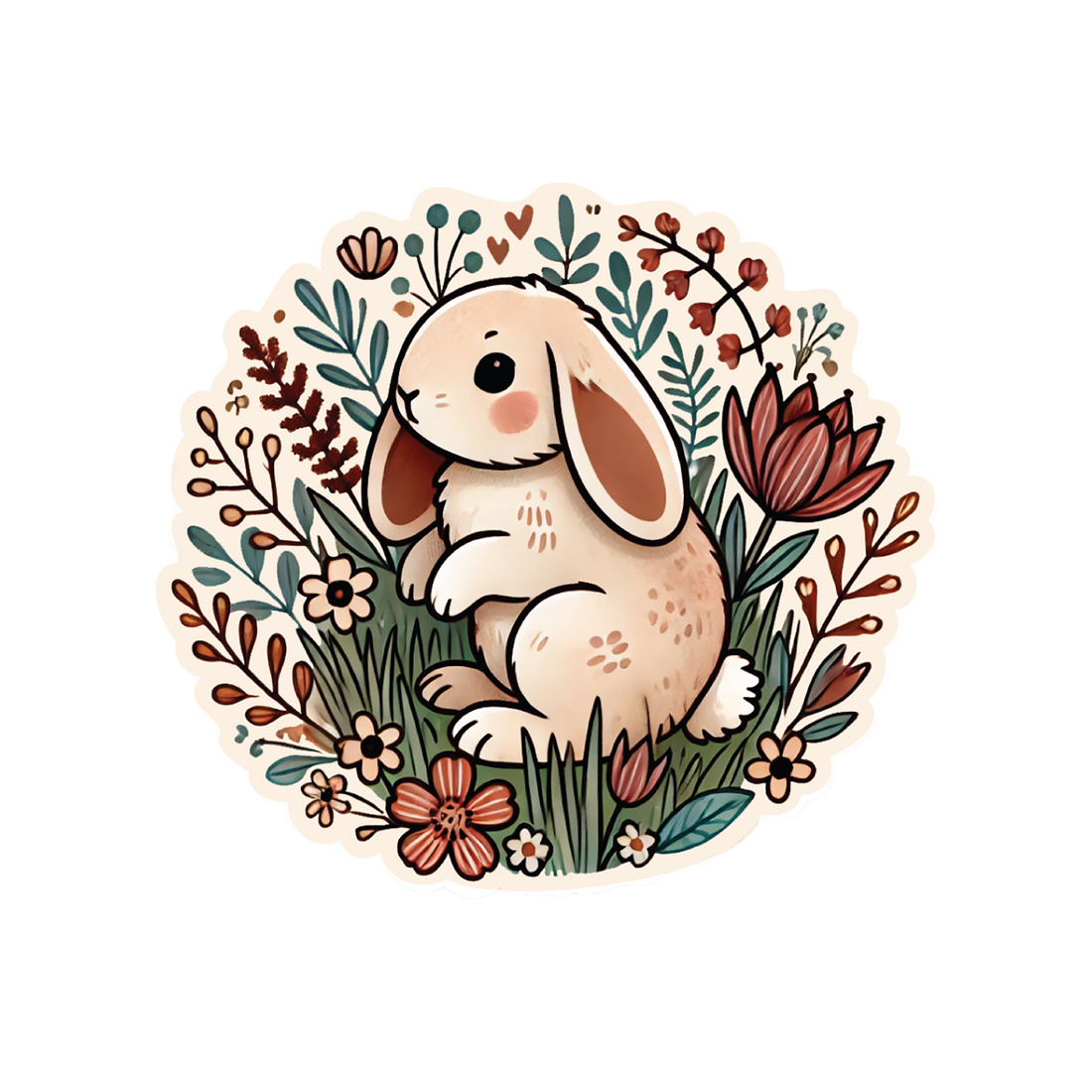
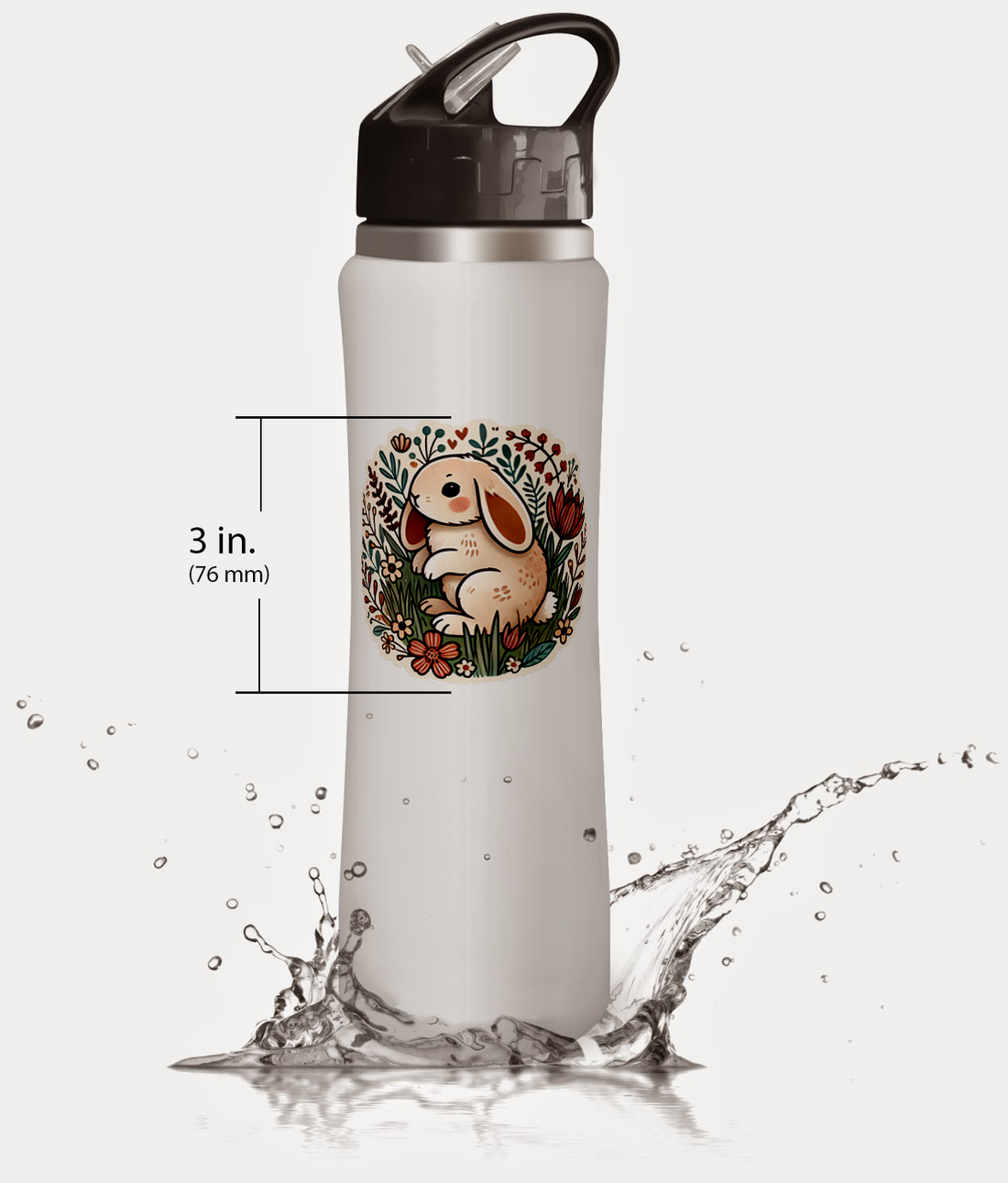
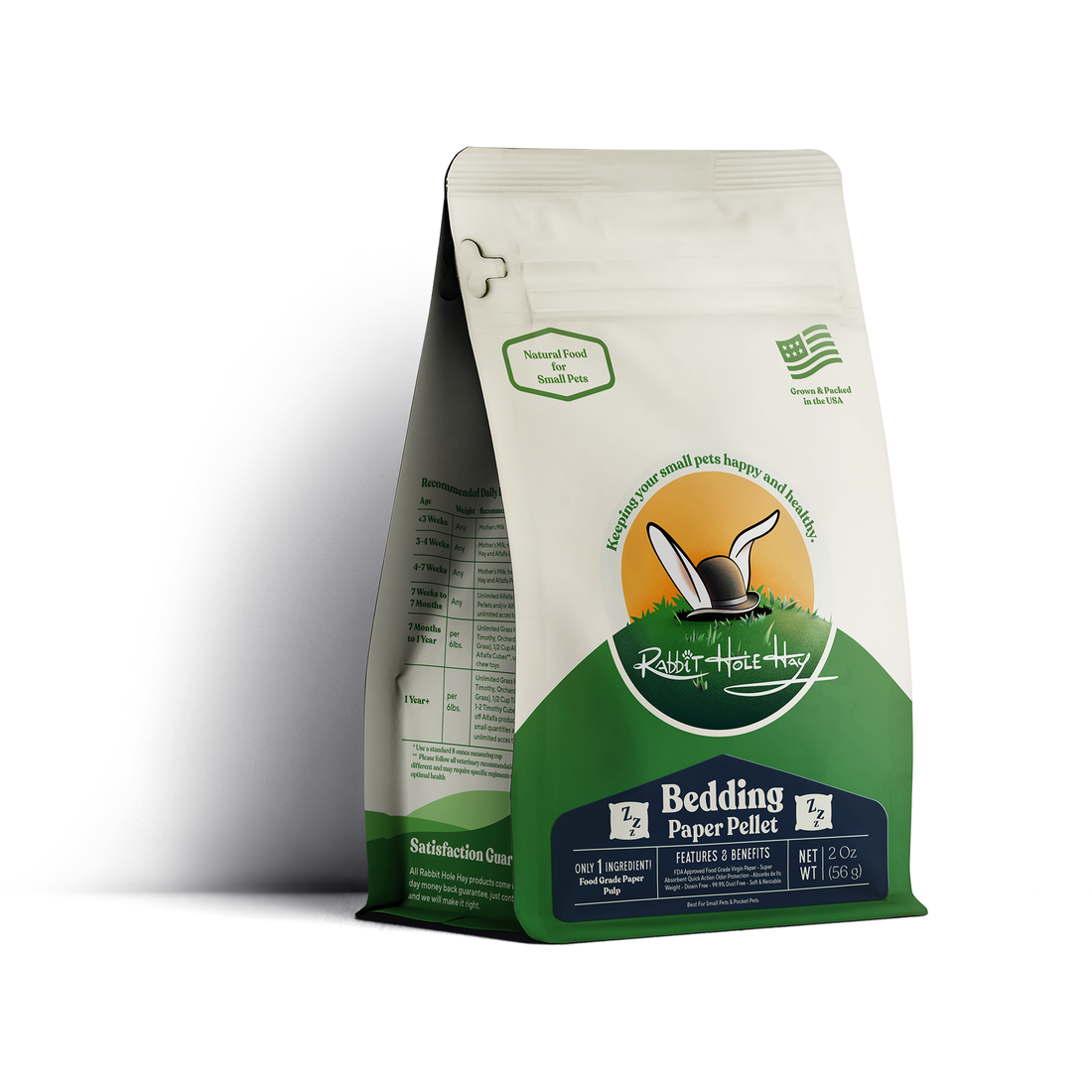




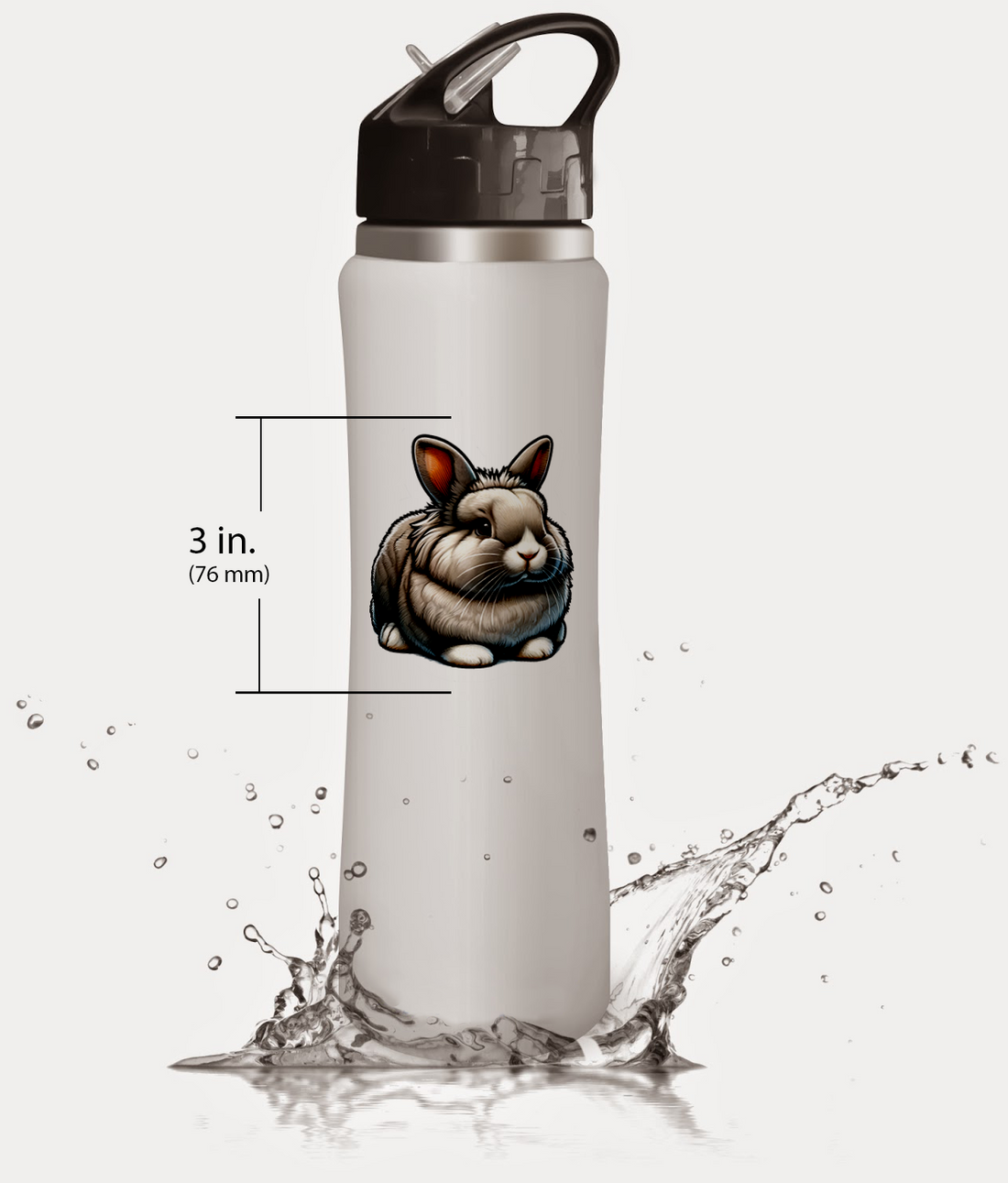



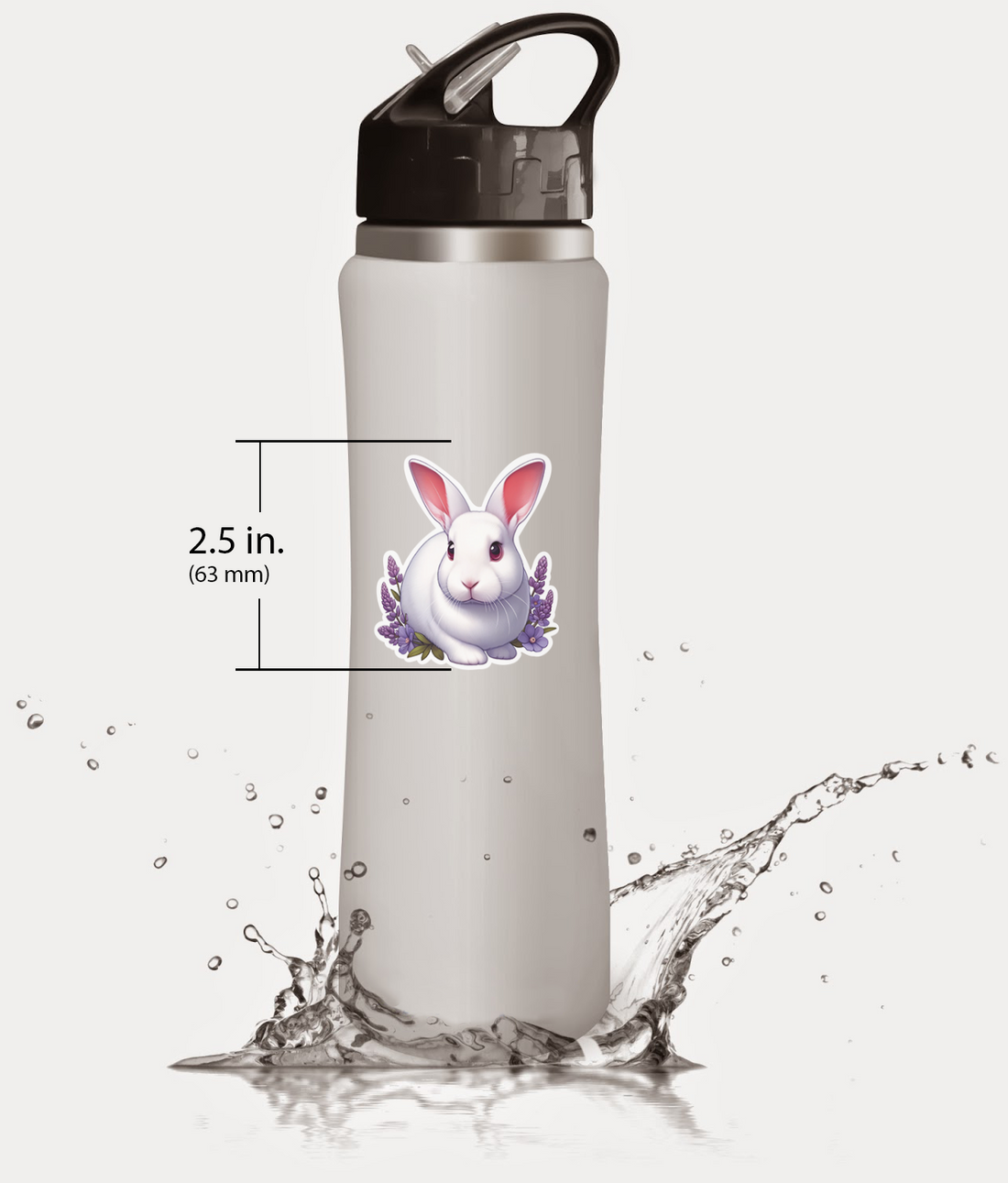

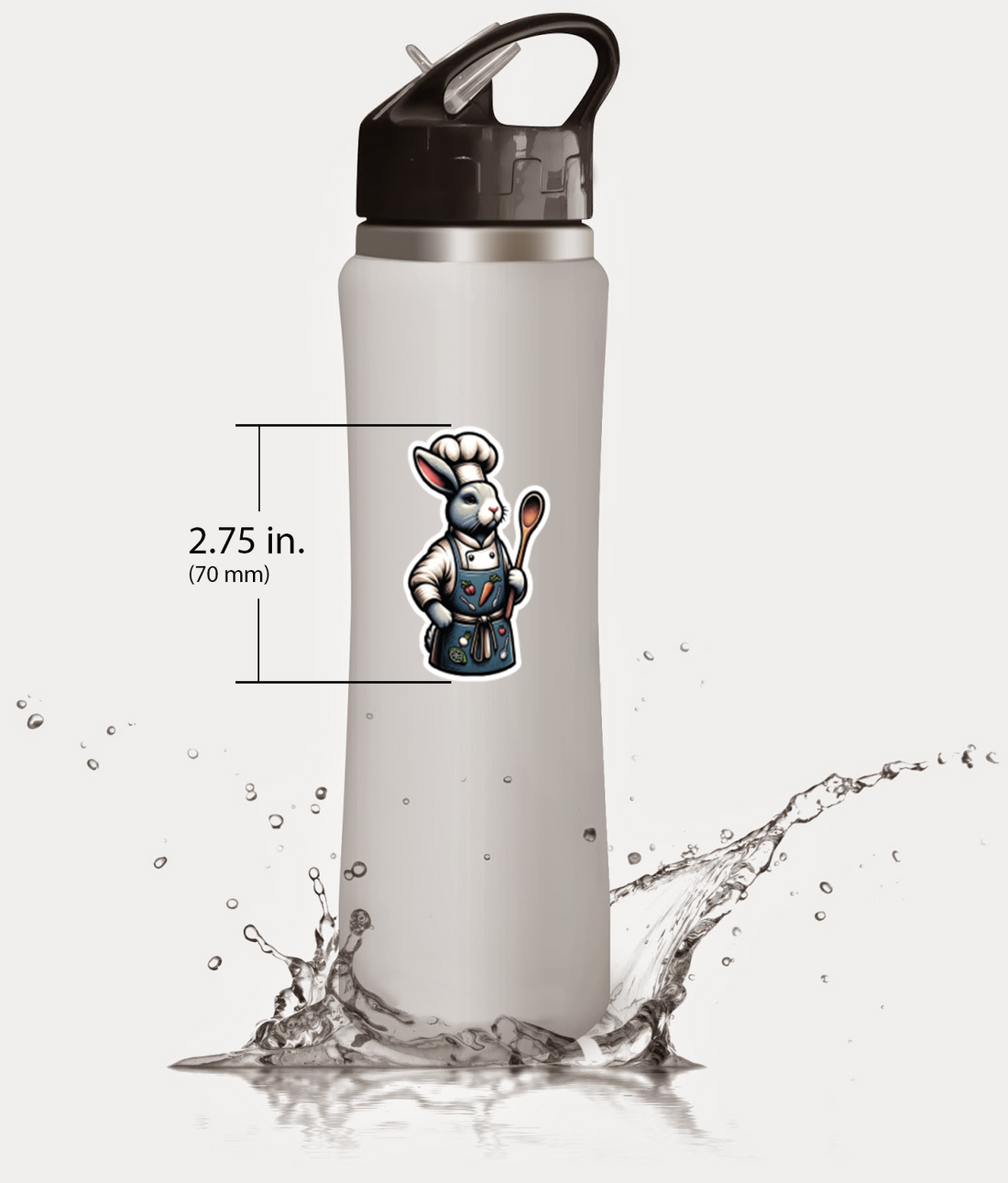
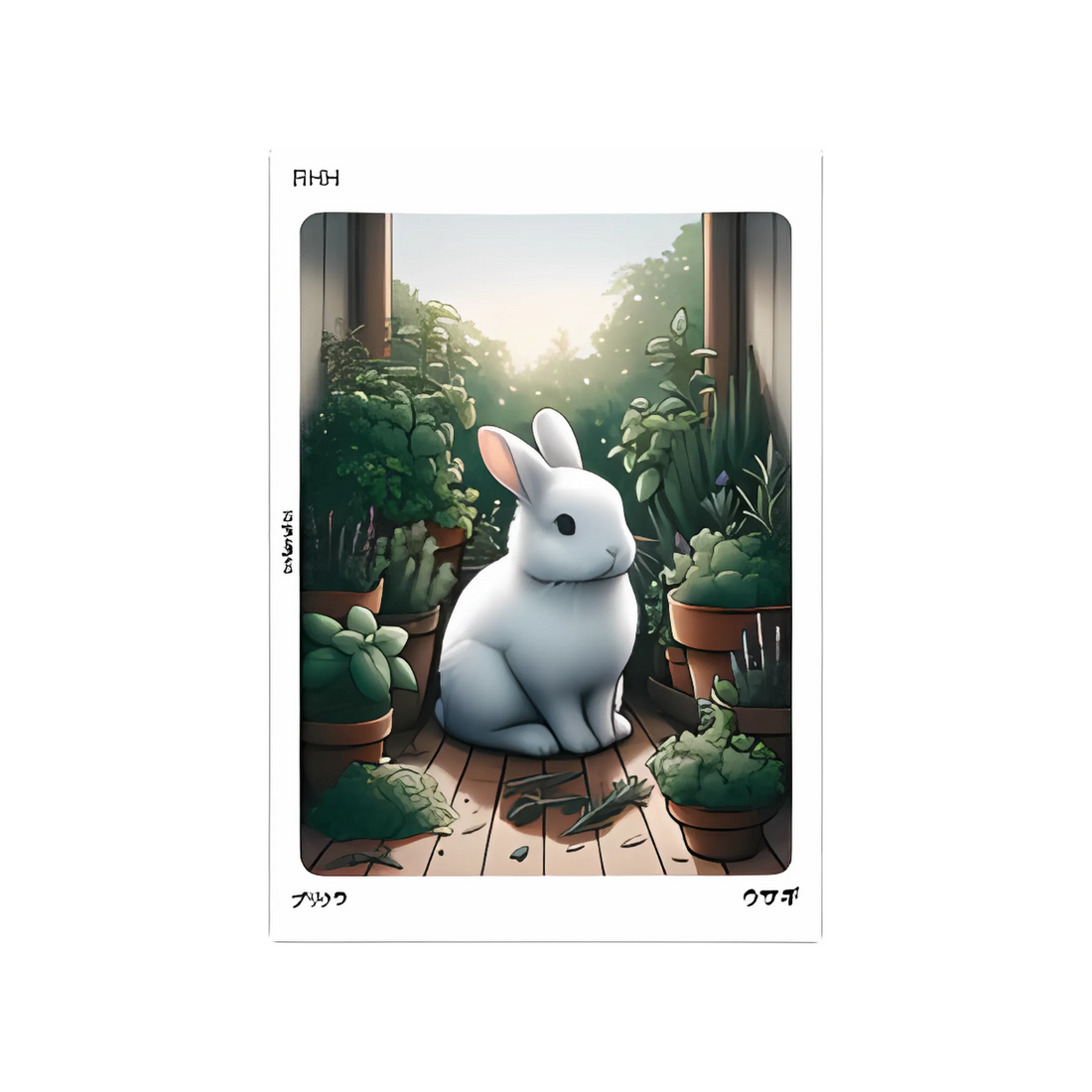

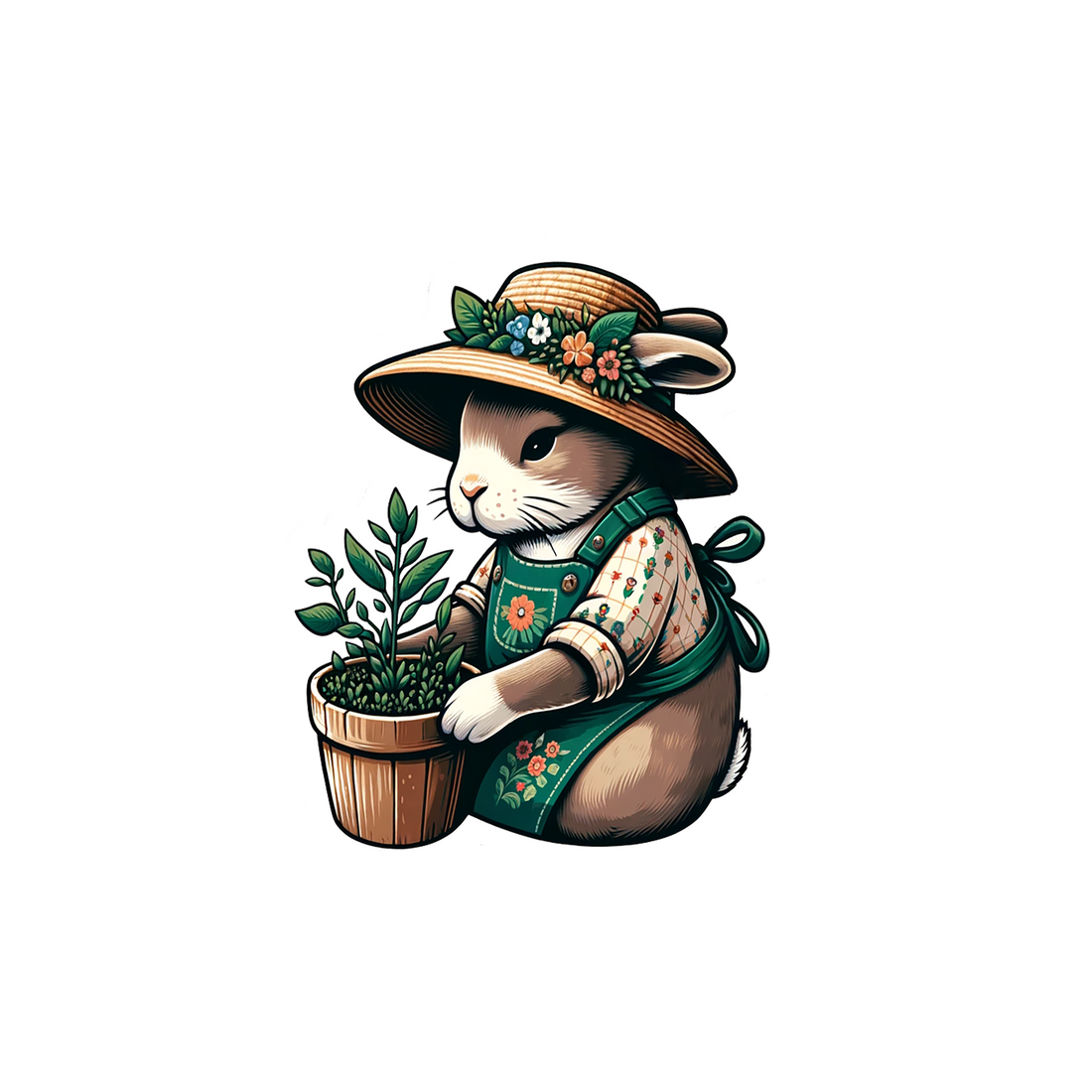
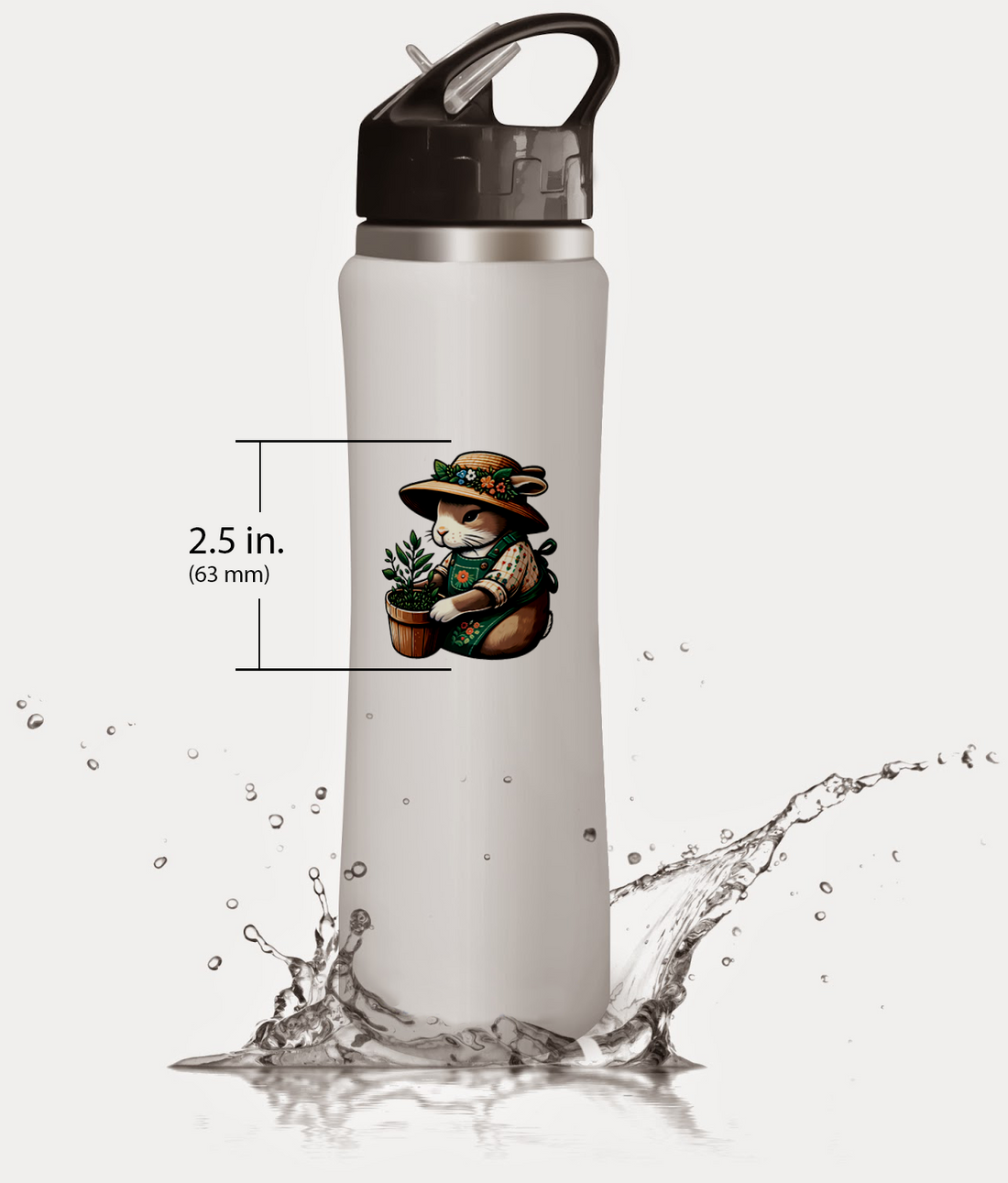
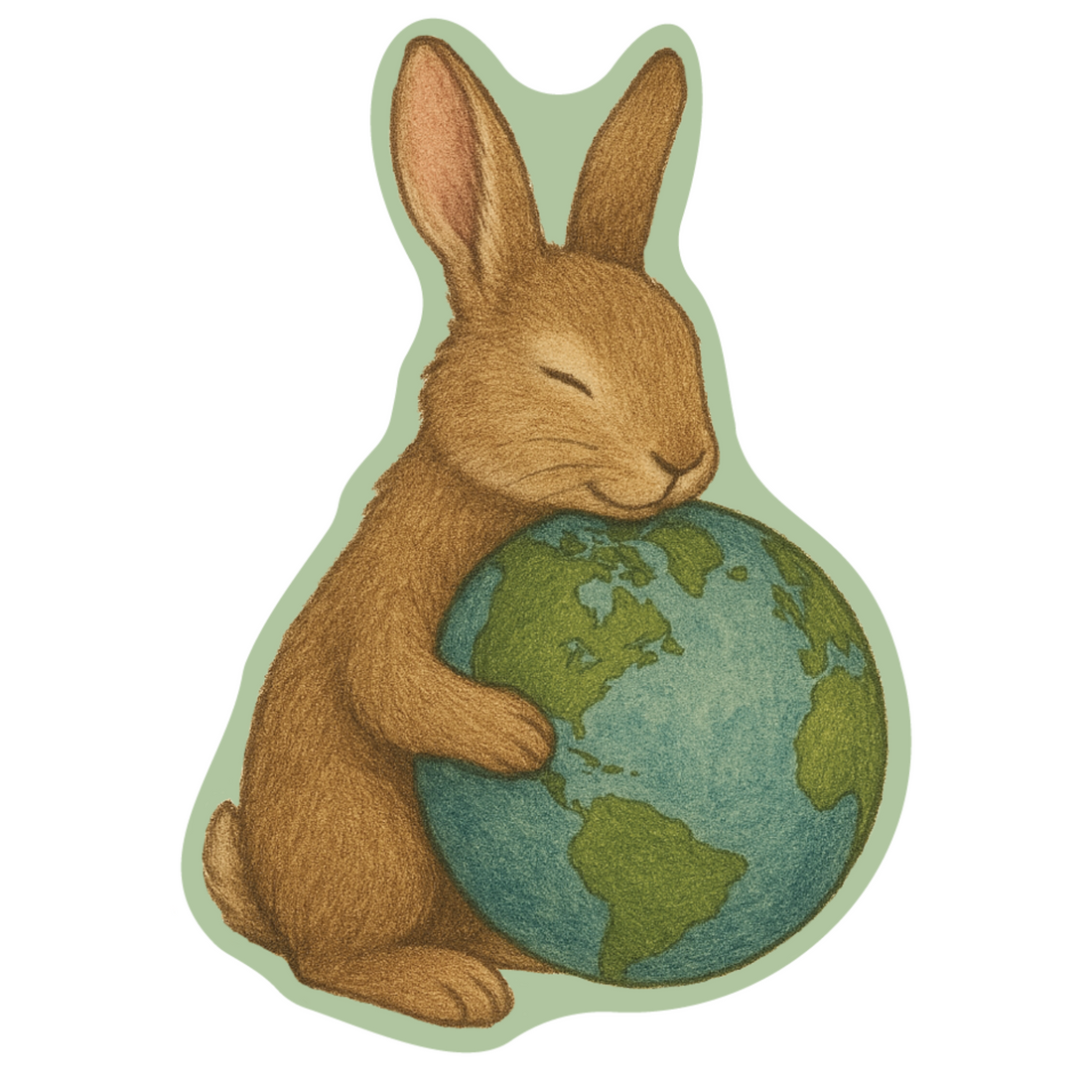


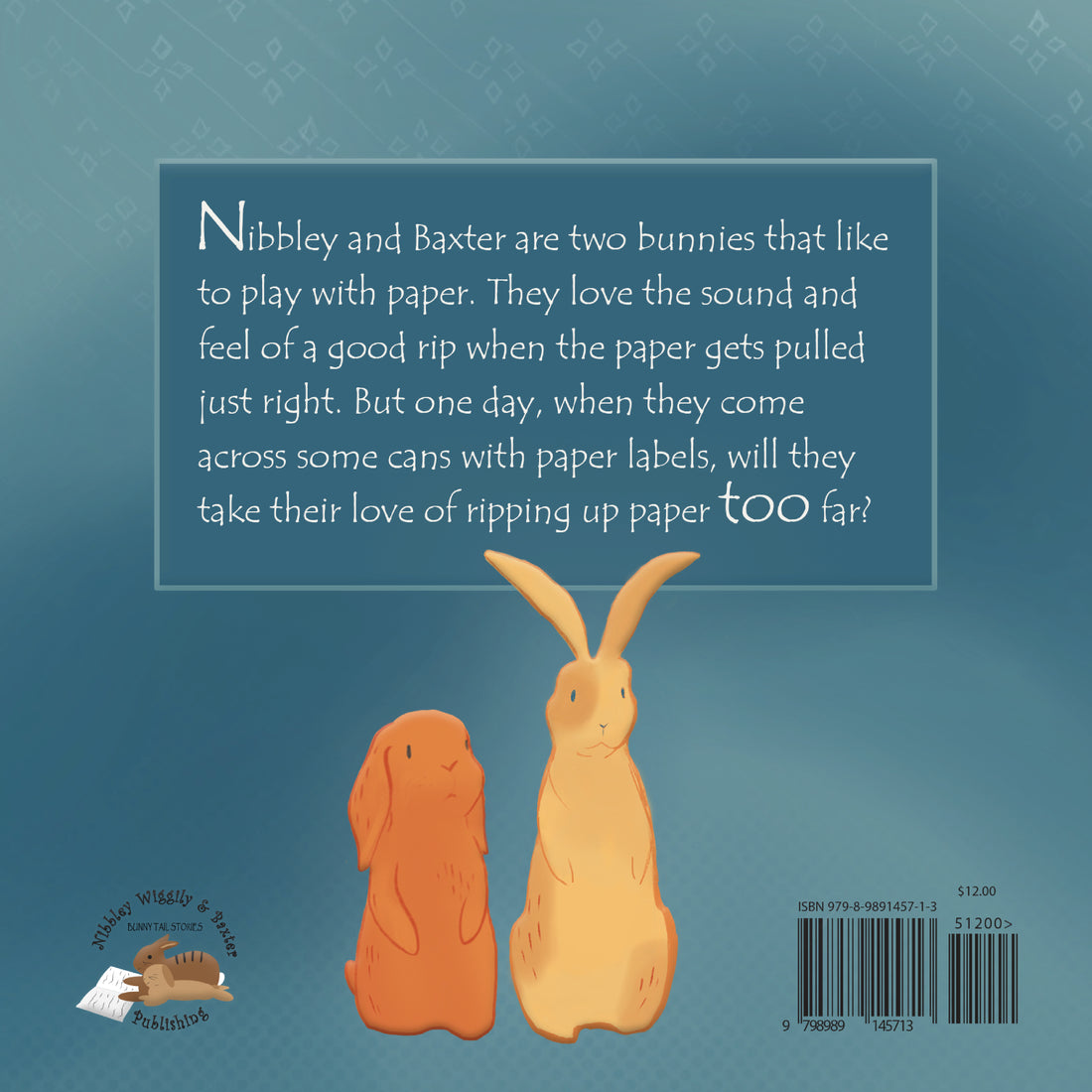




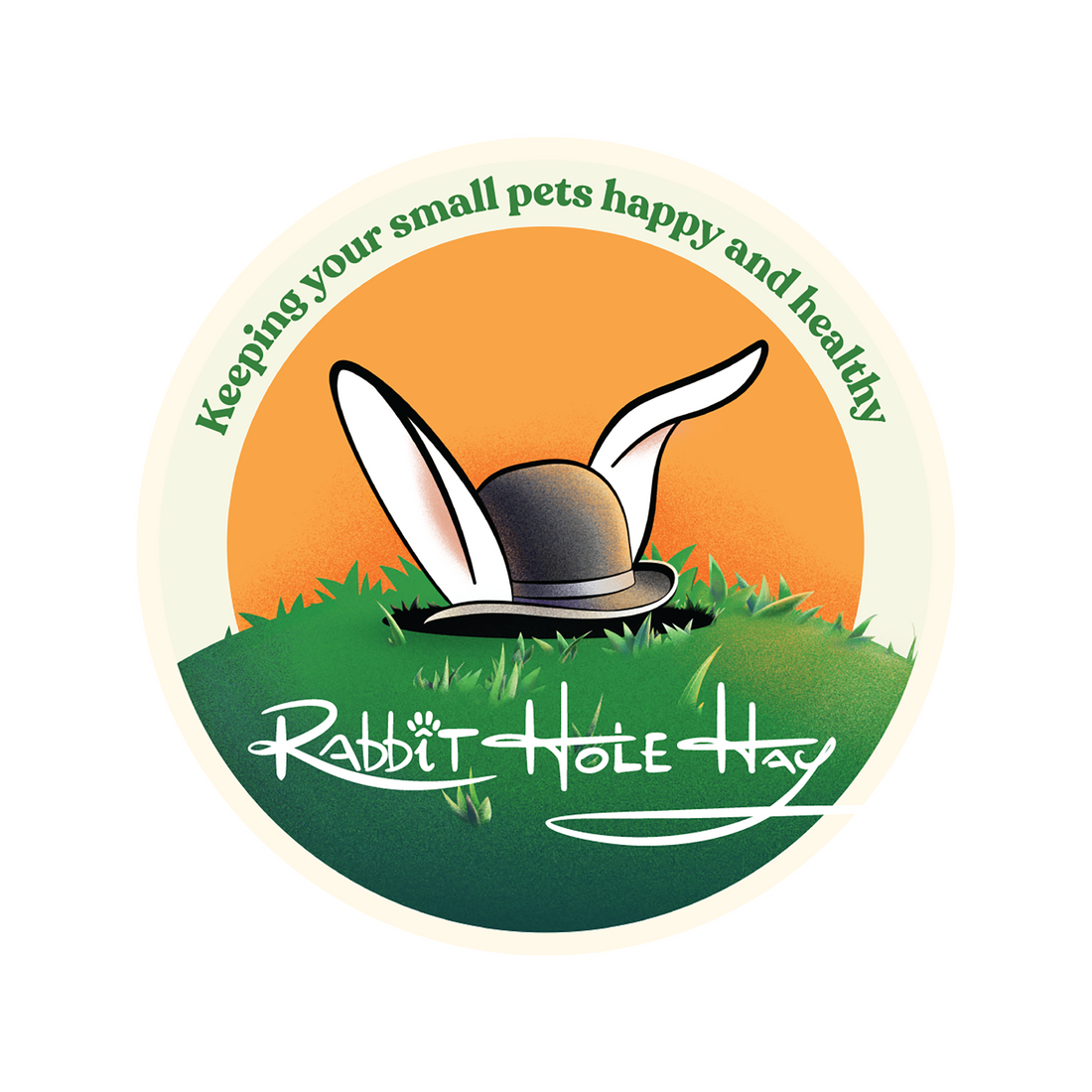






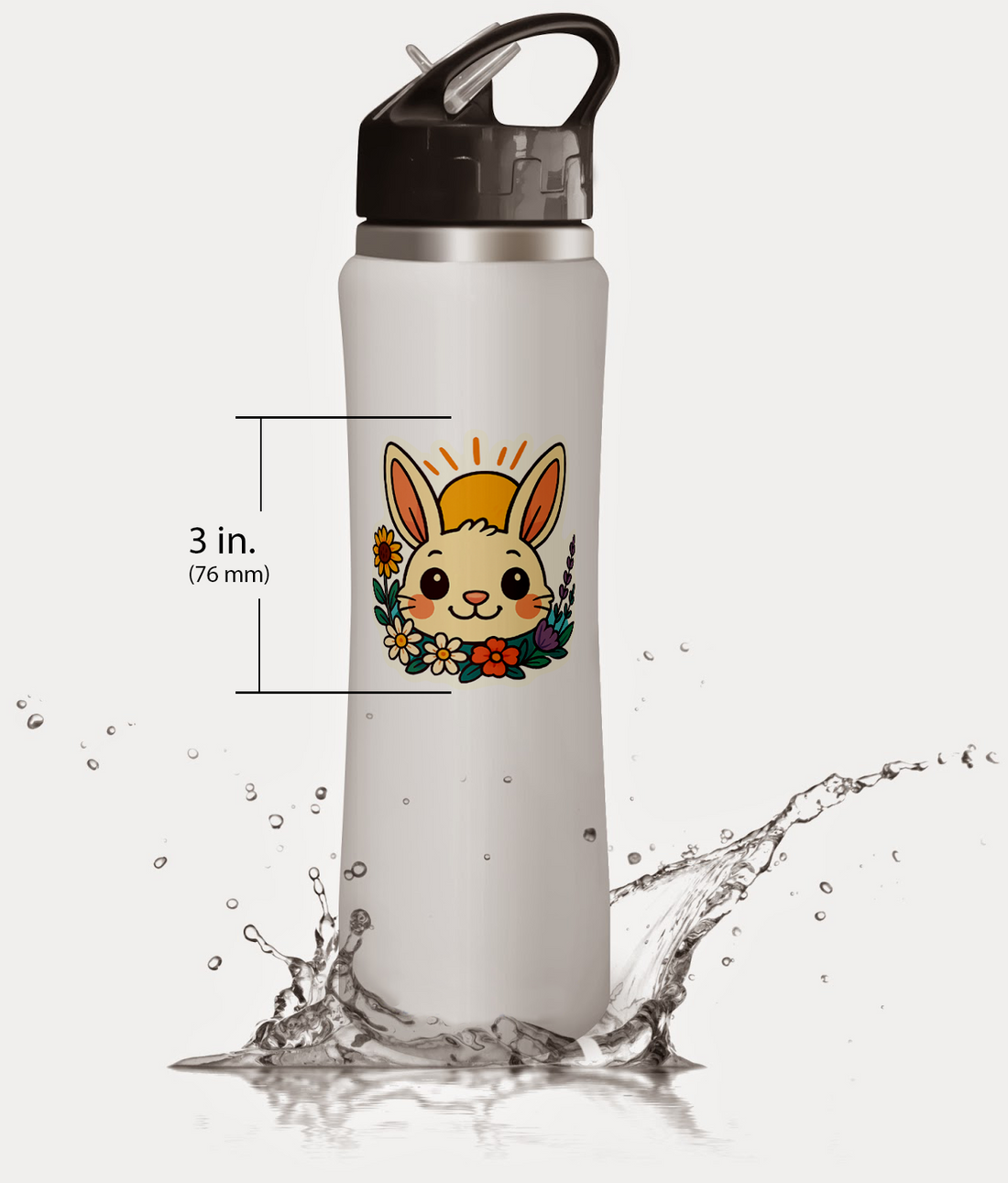


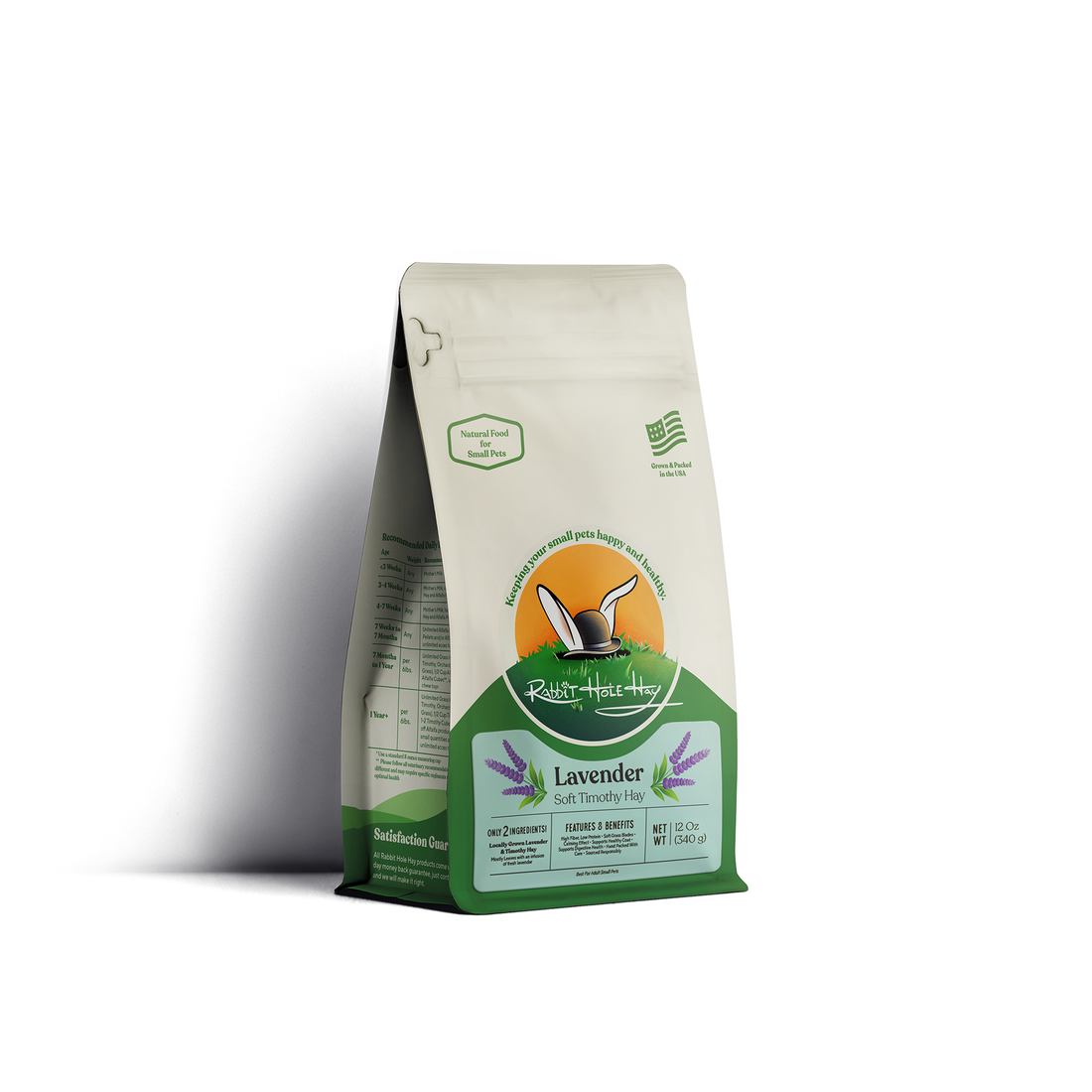

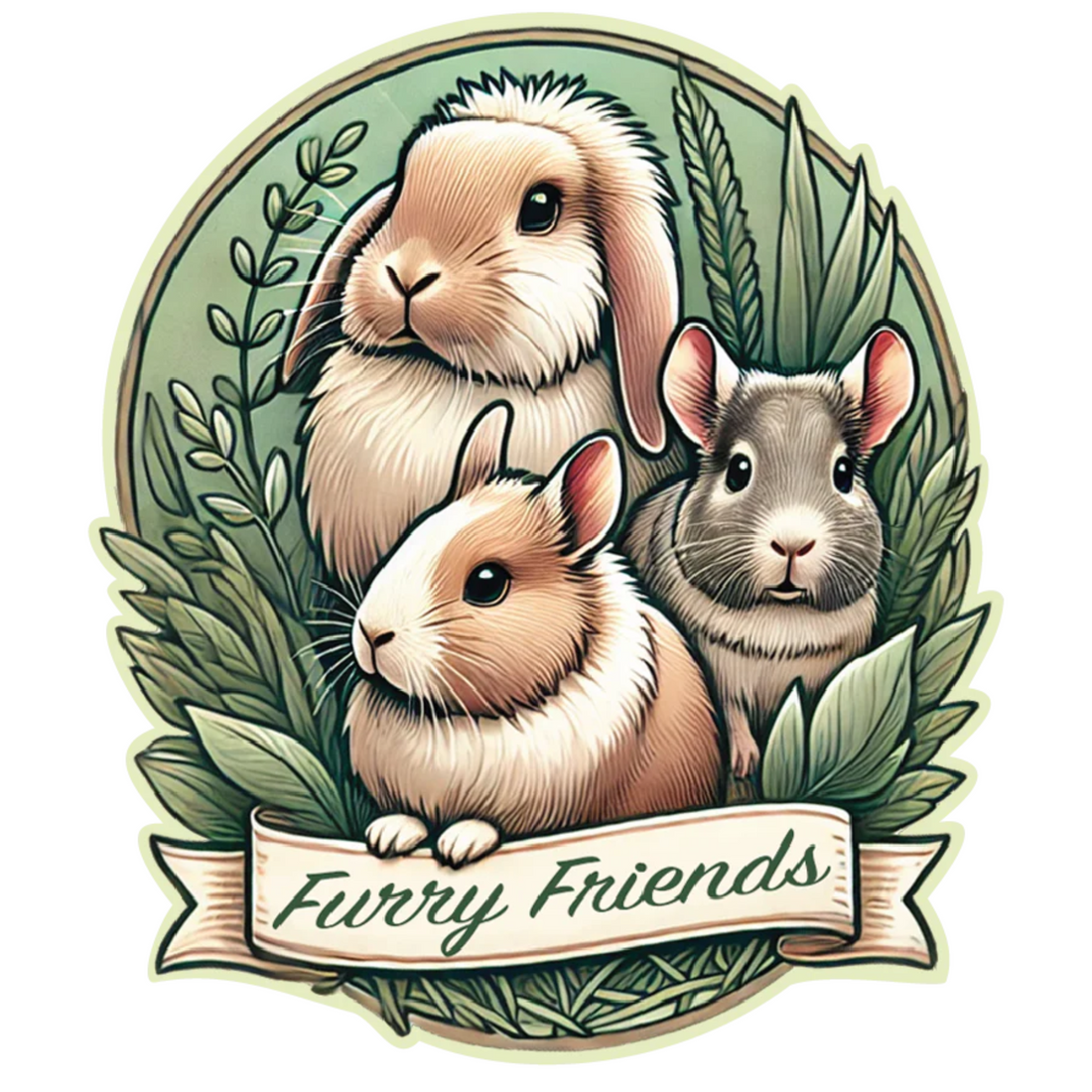
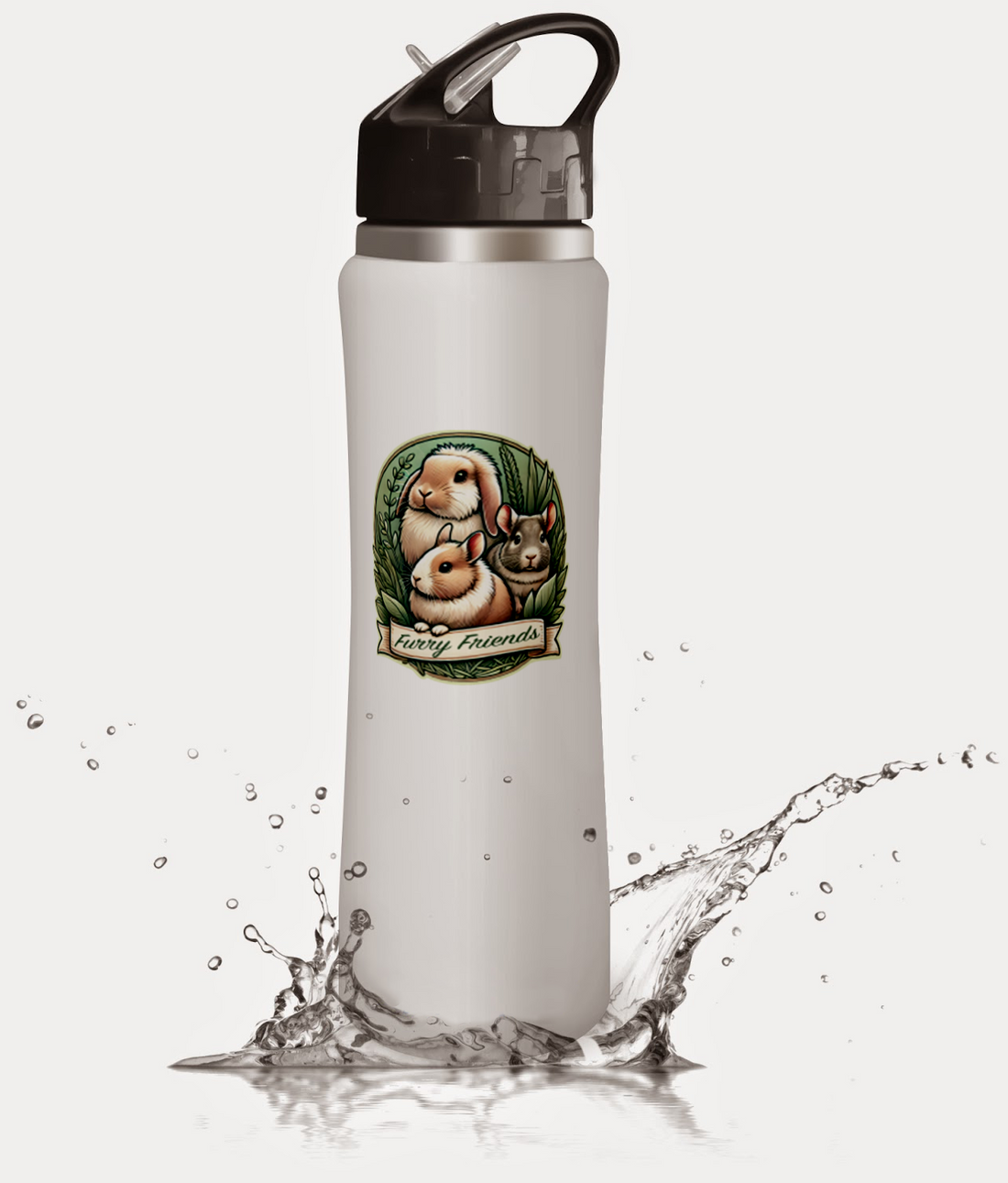

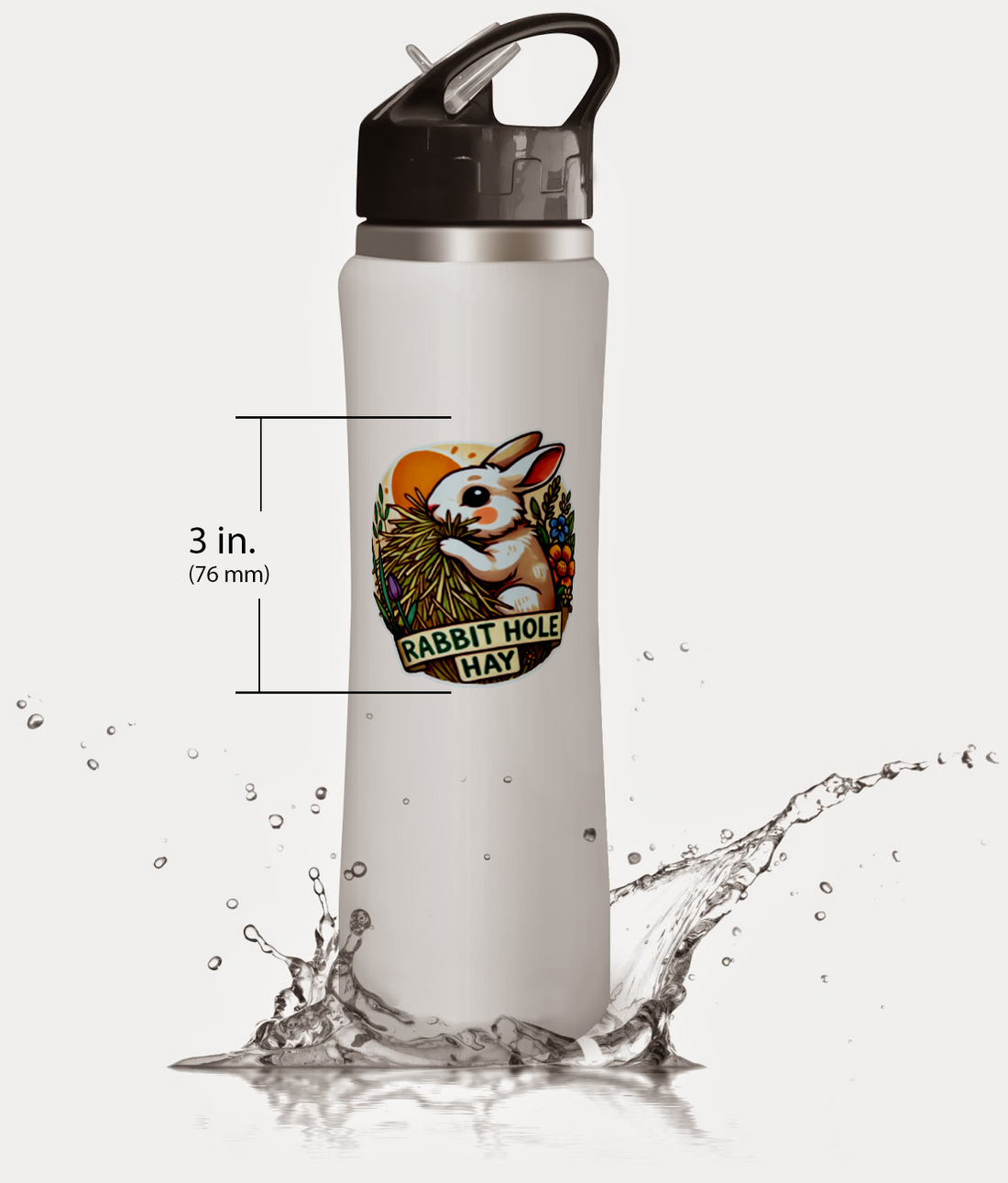
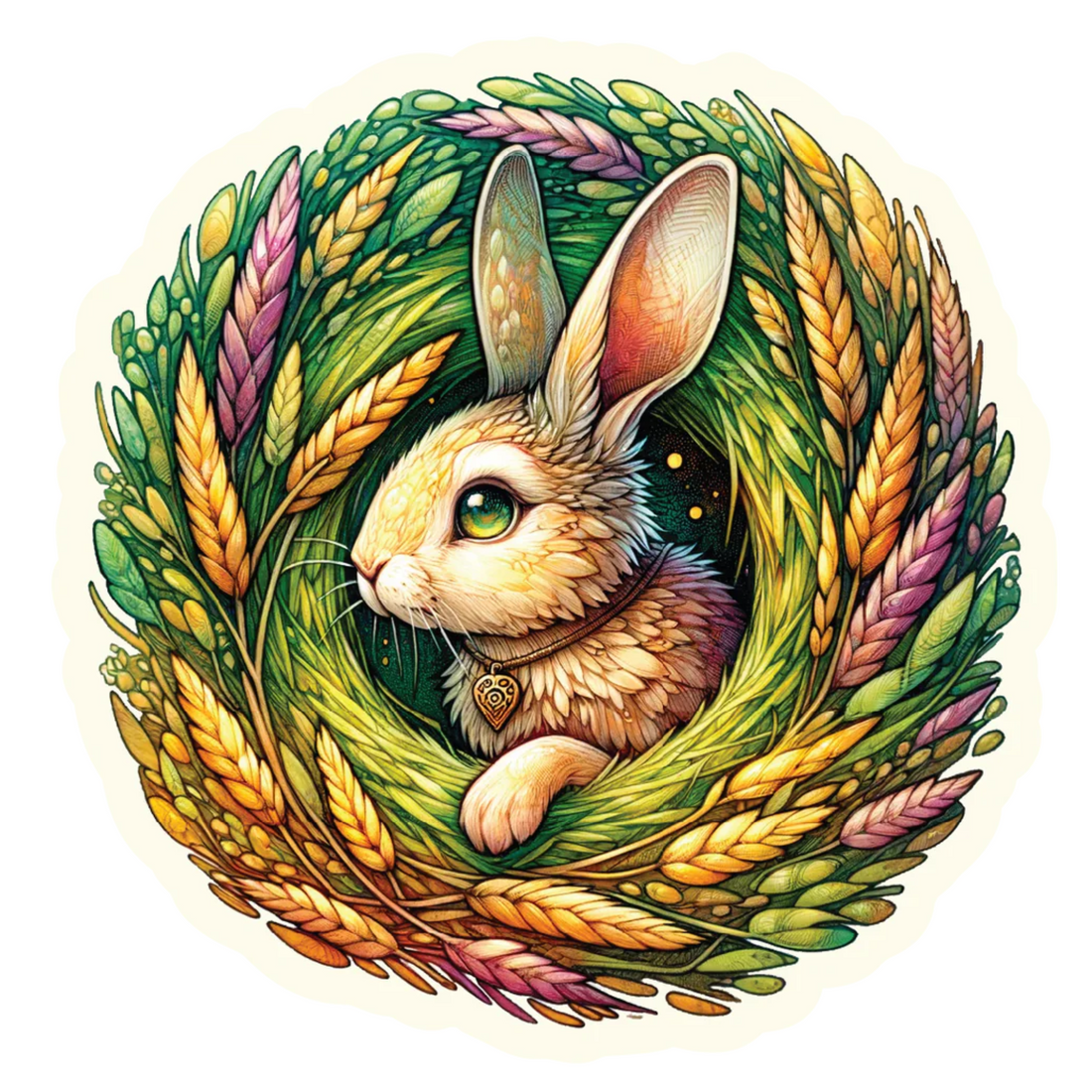

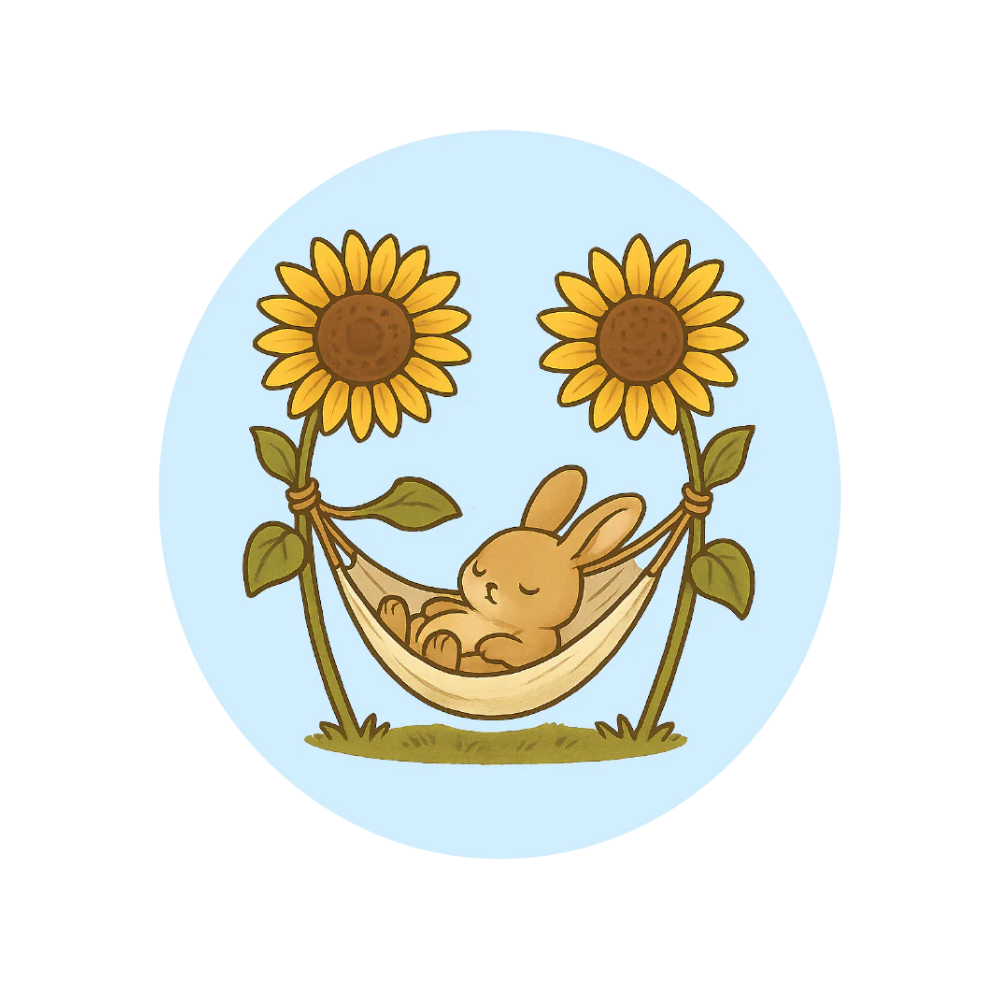





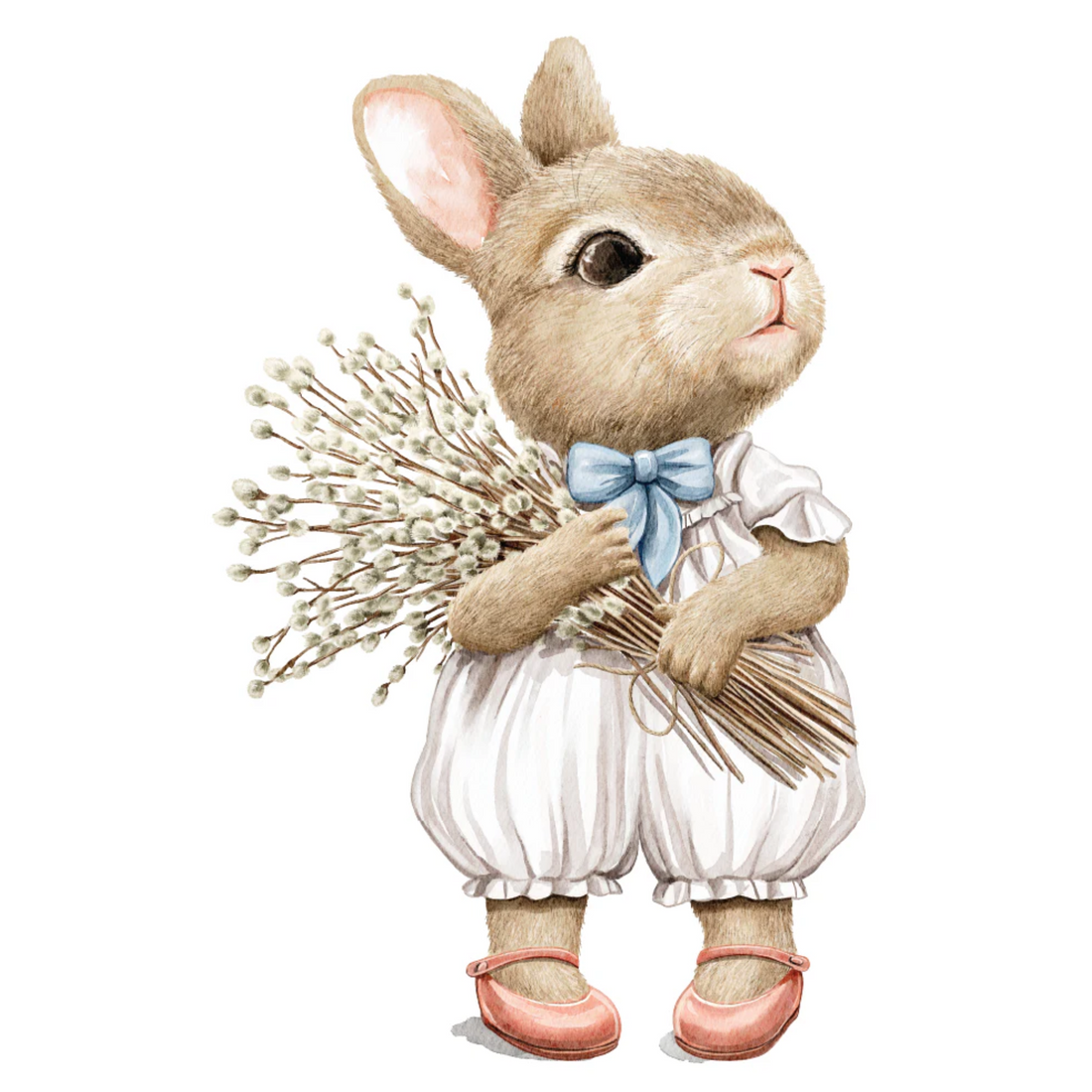


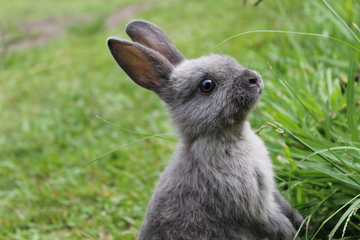
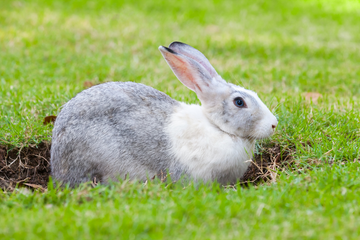
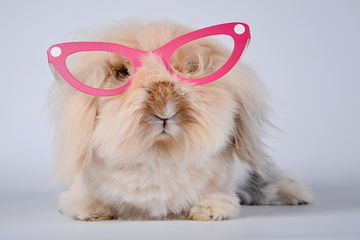
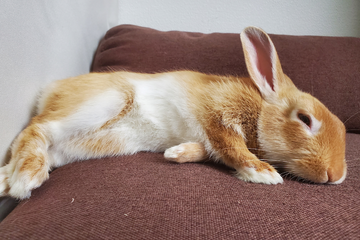


Comments